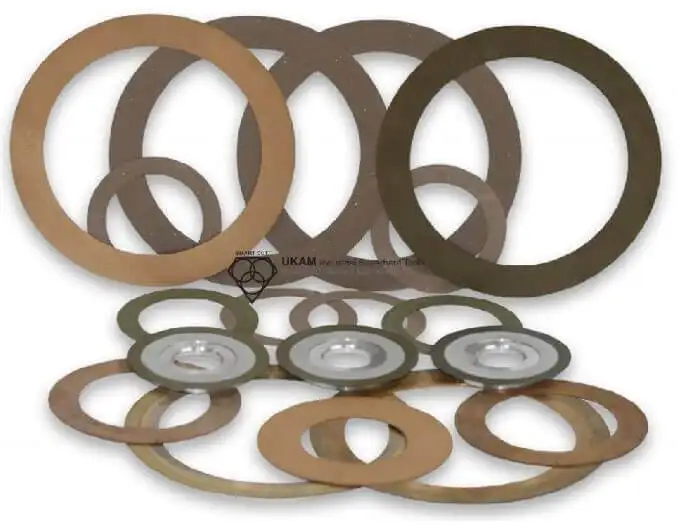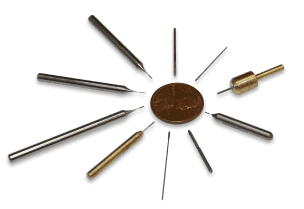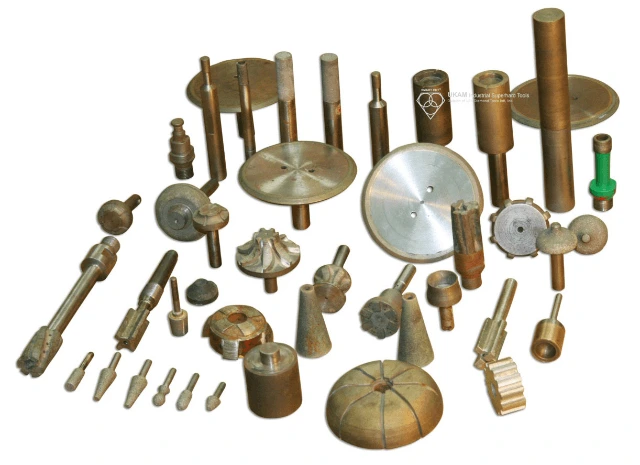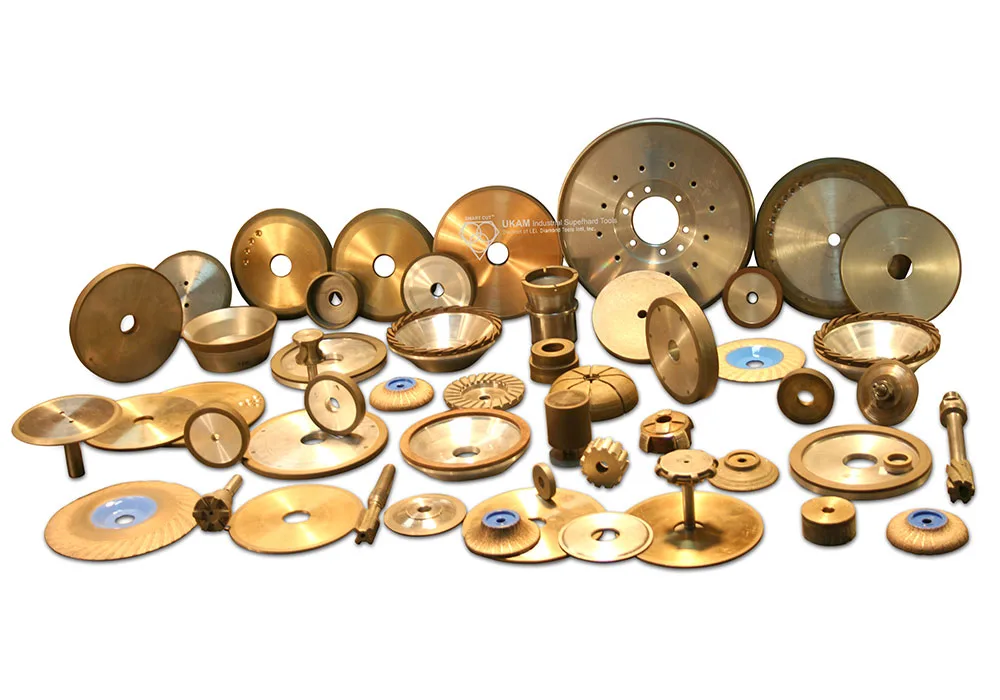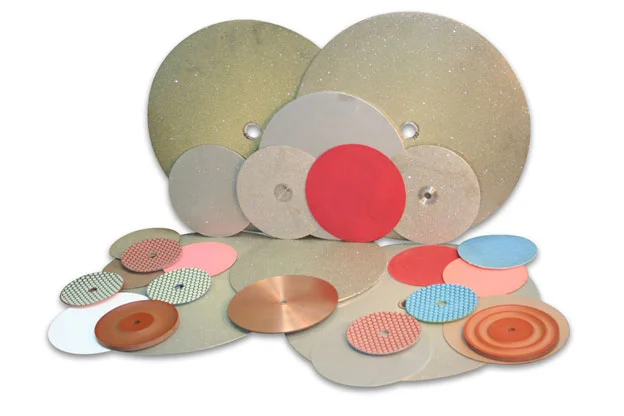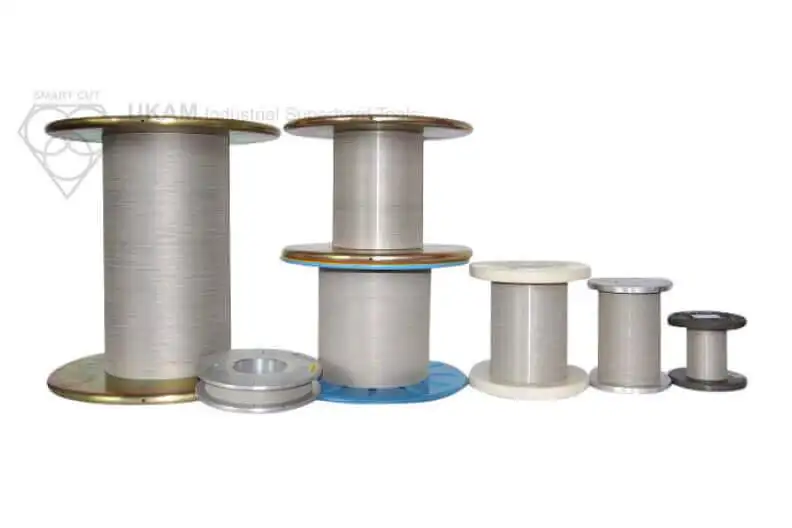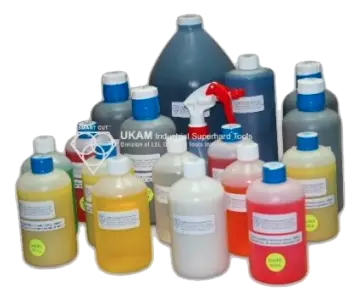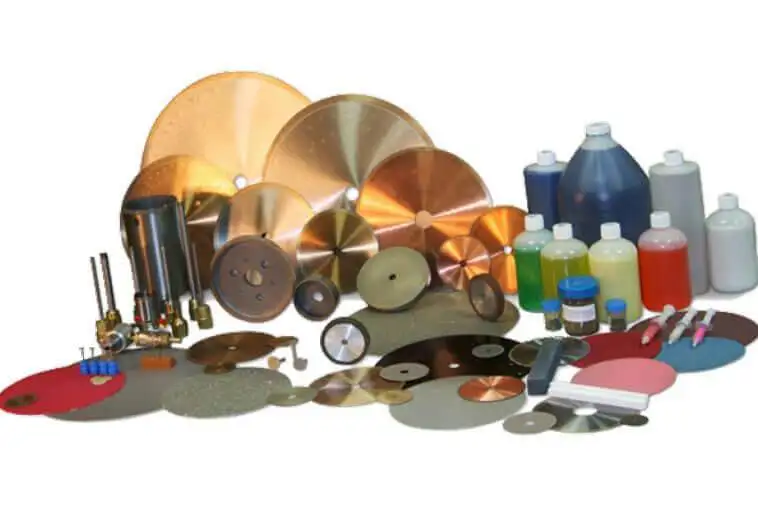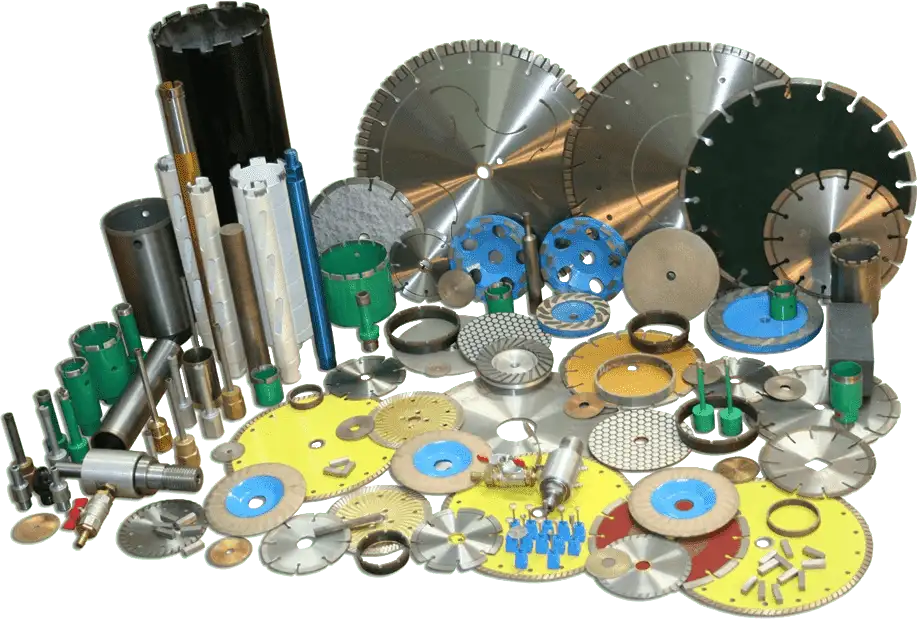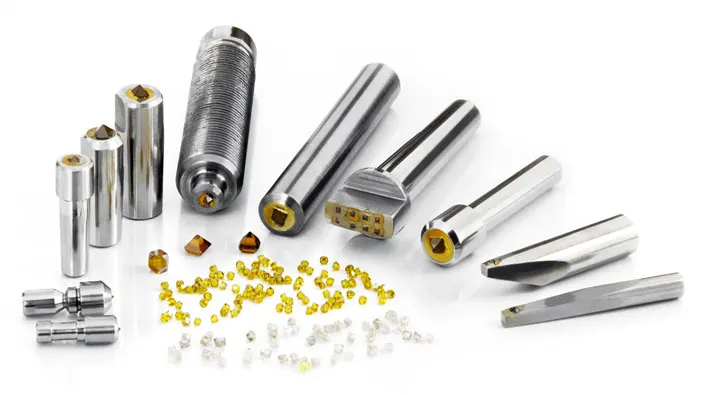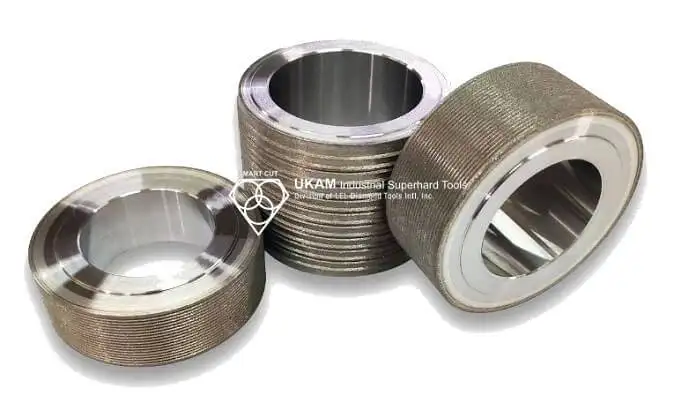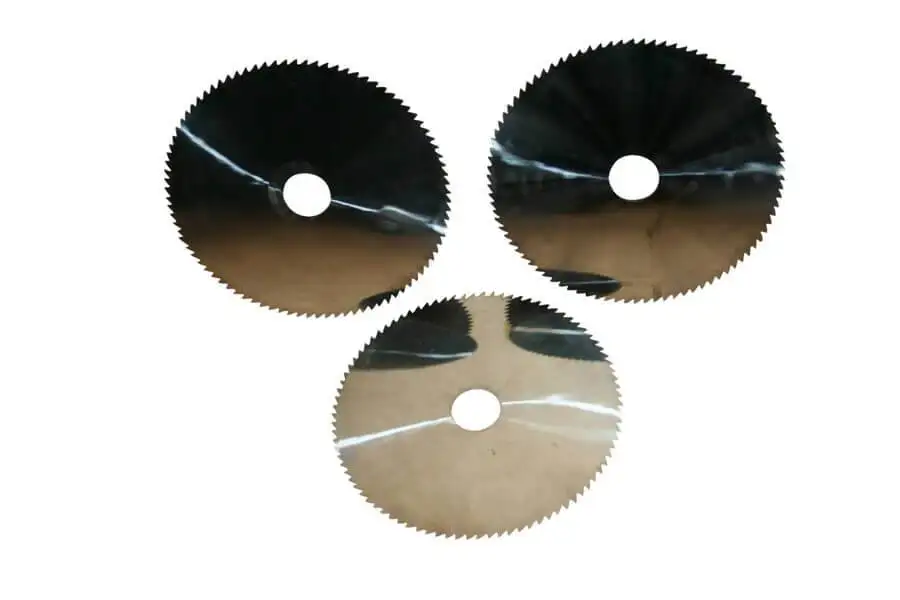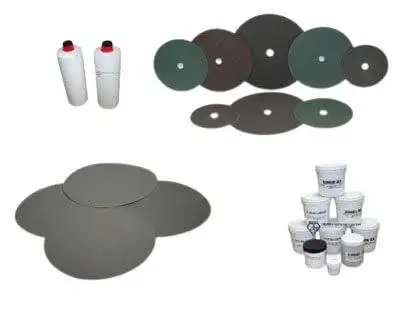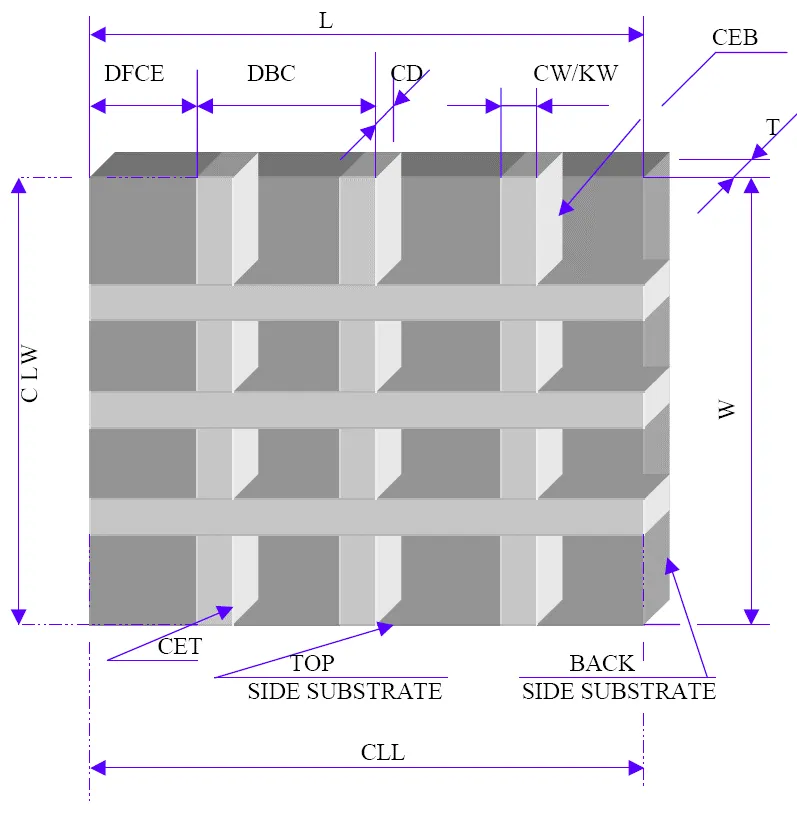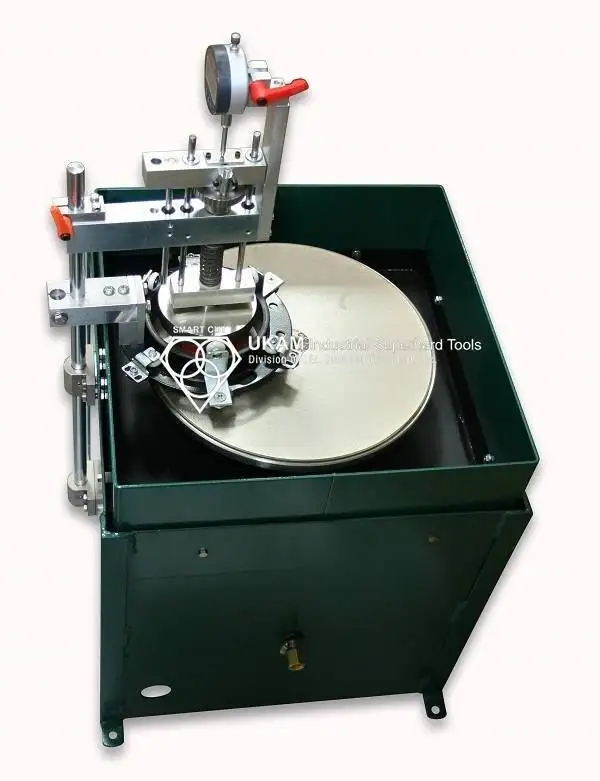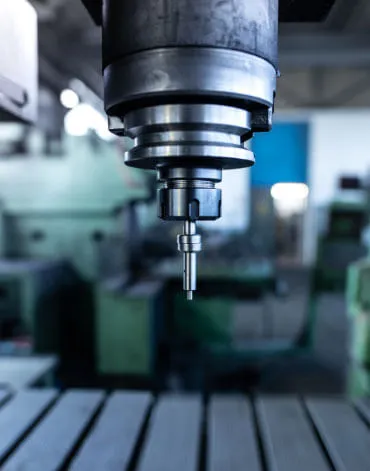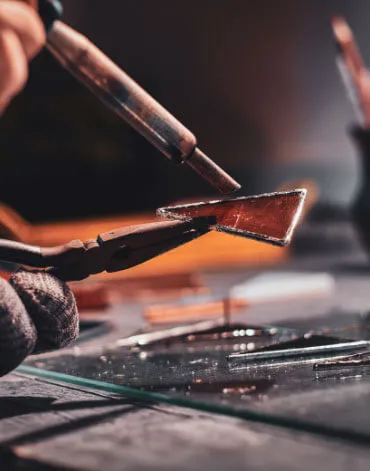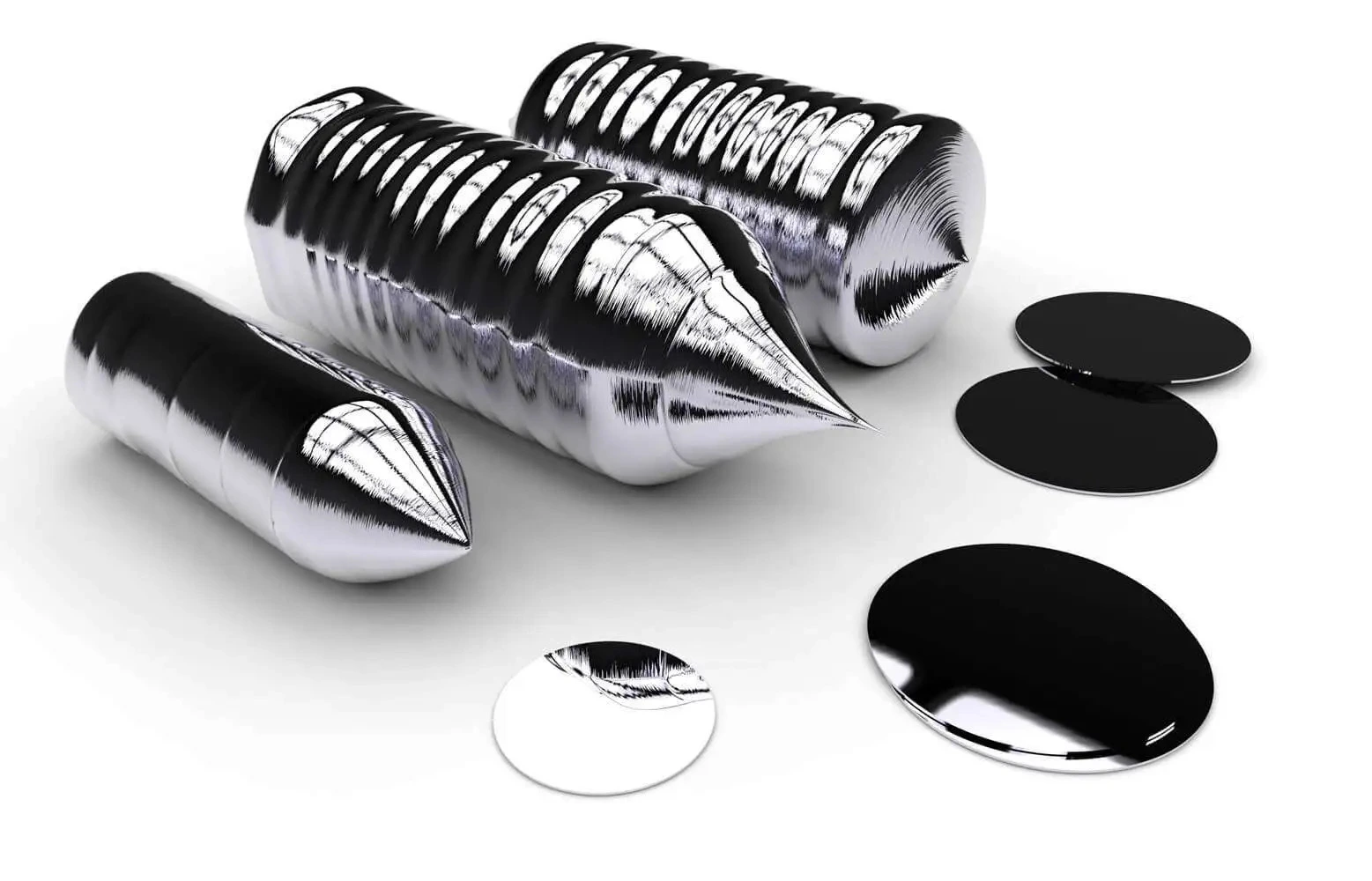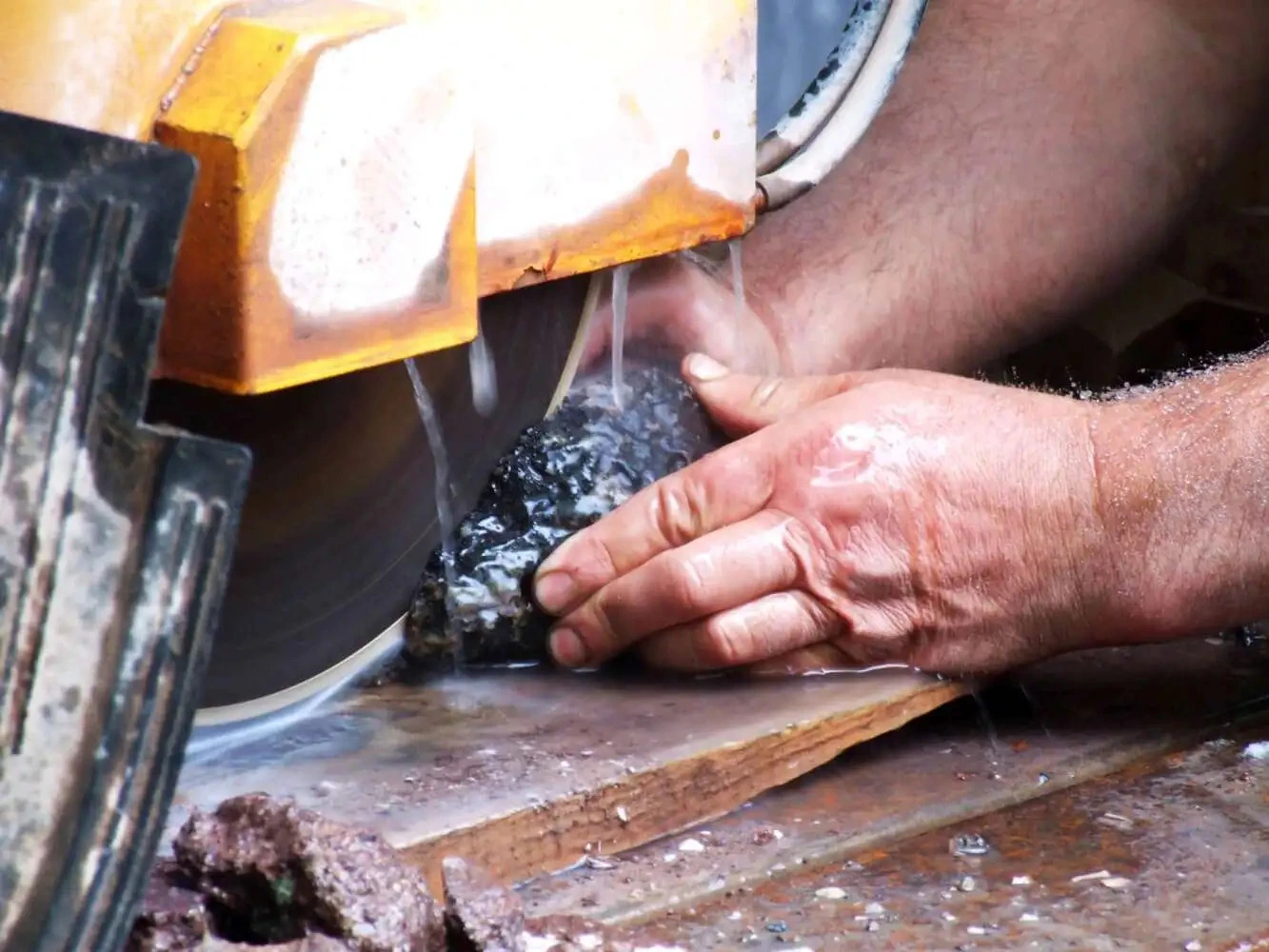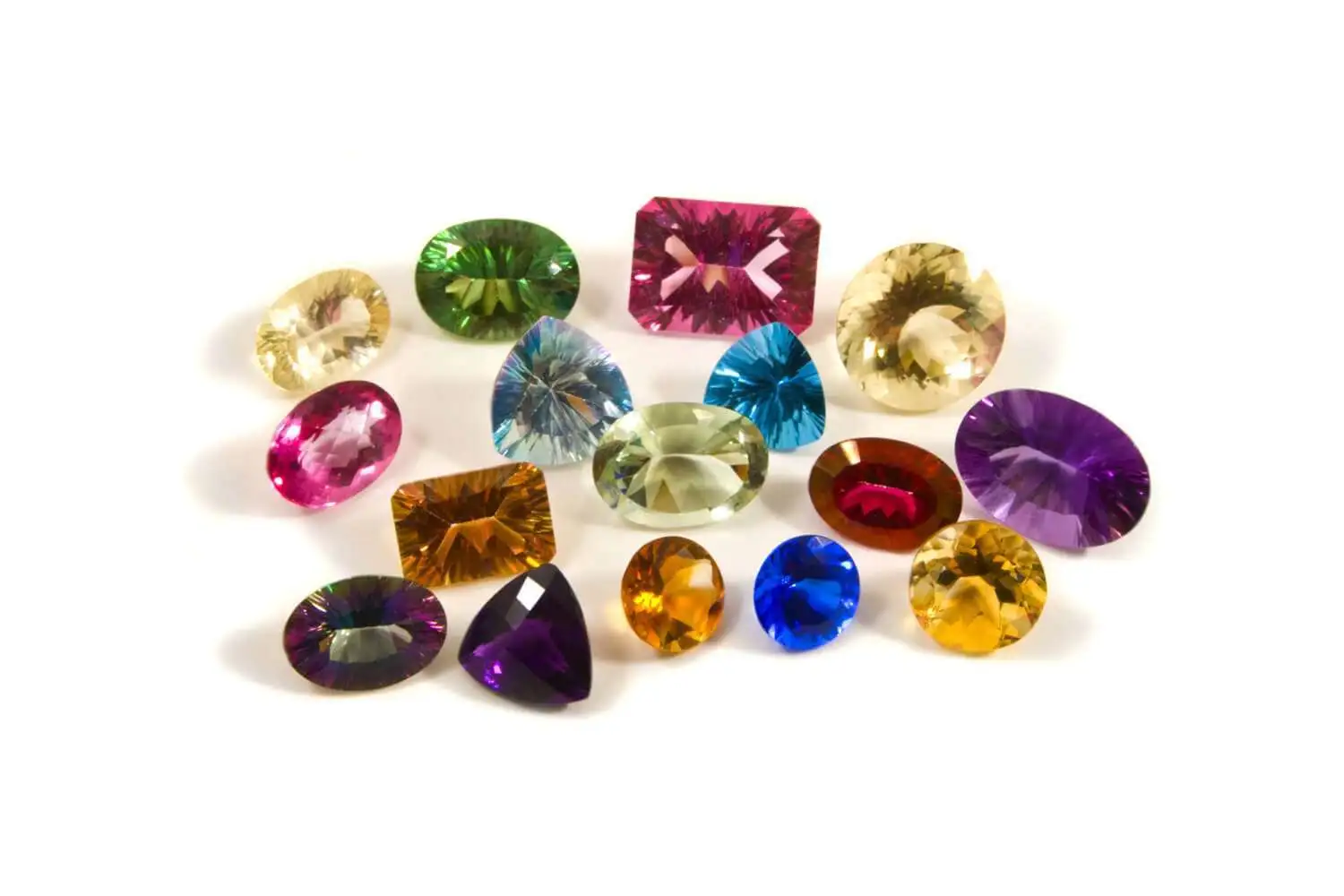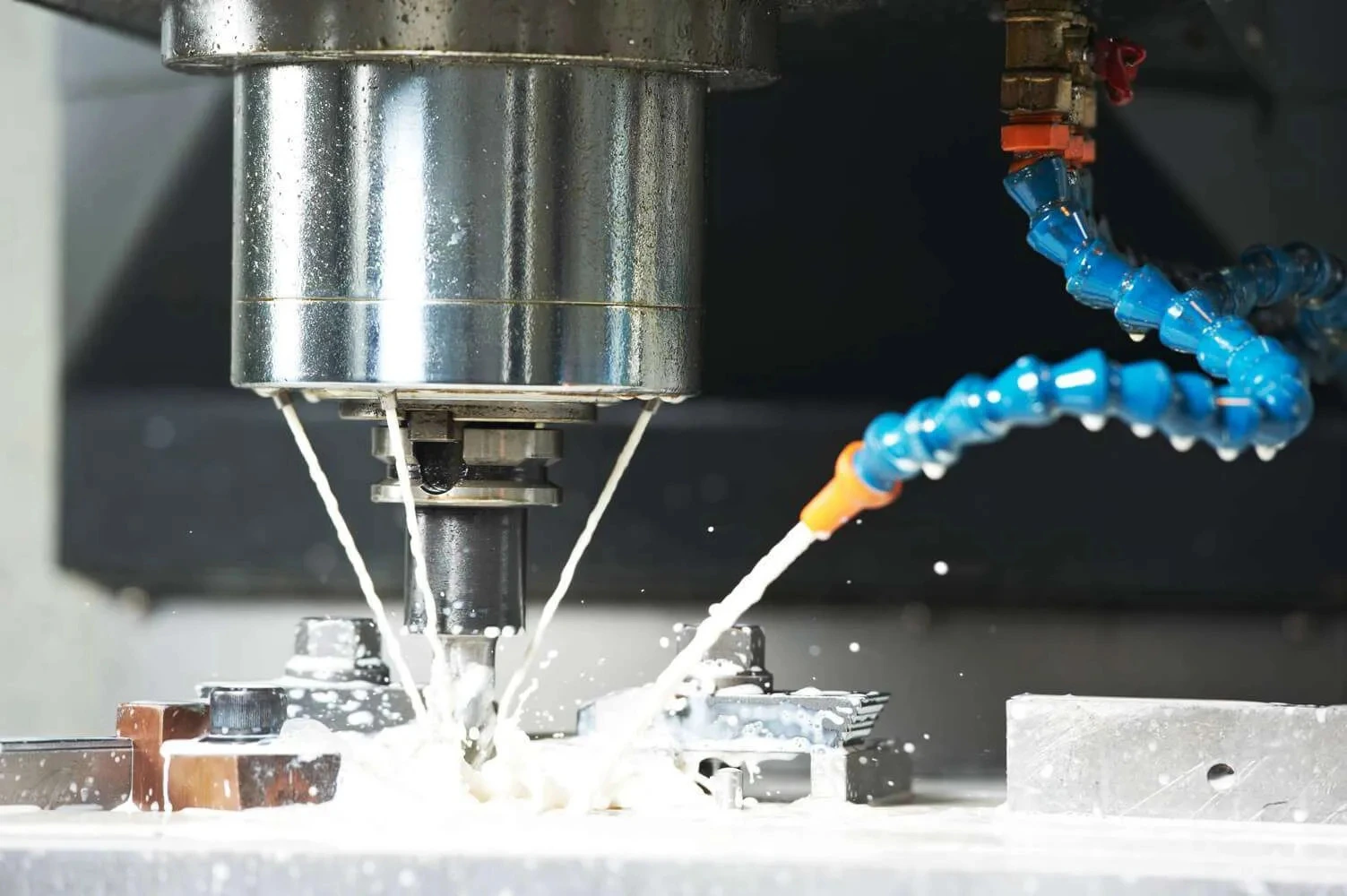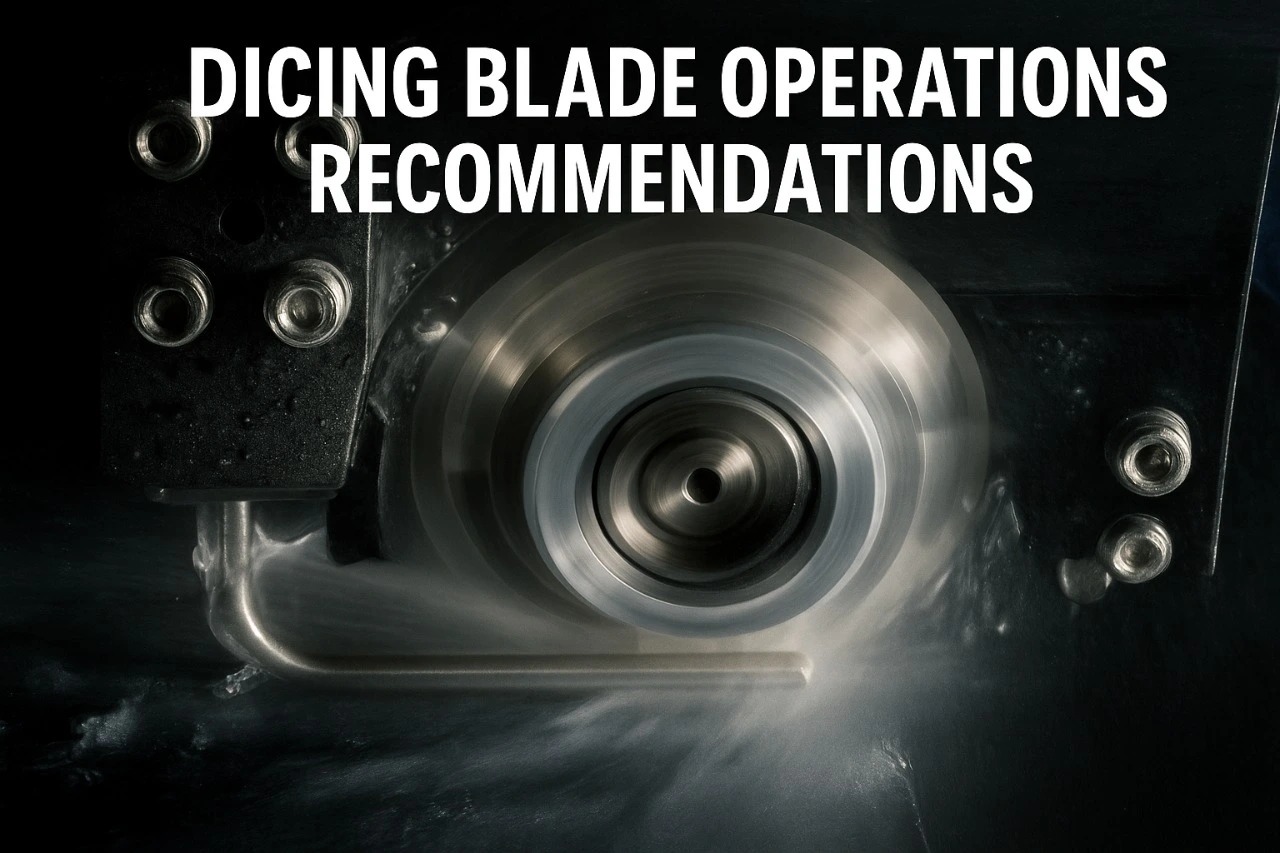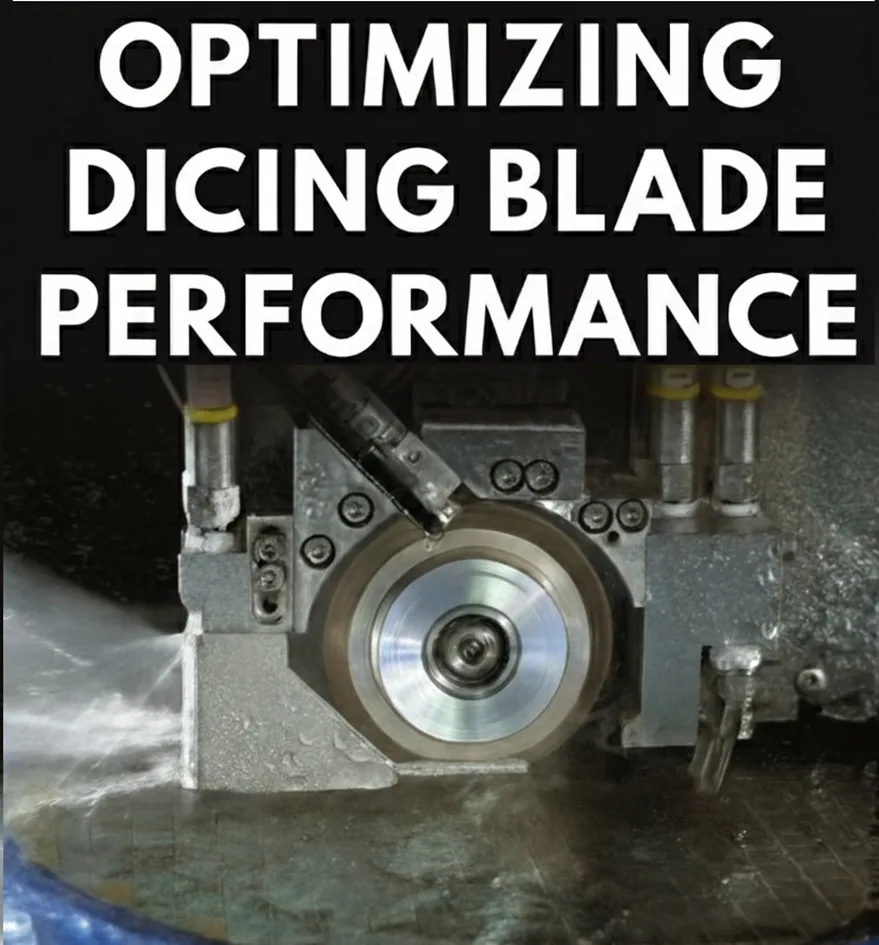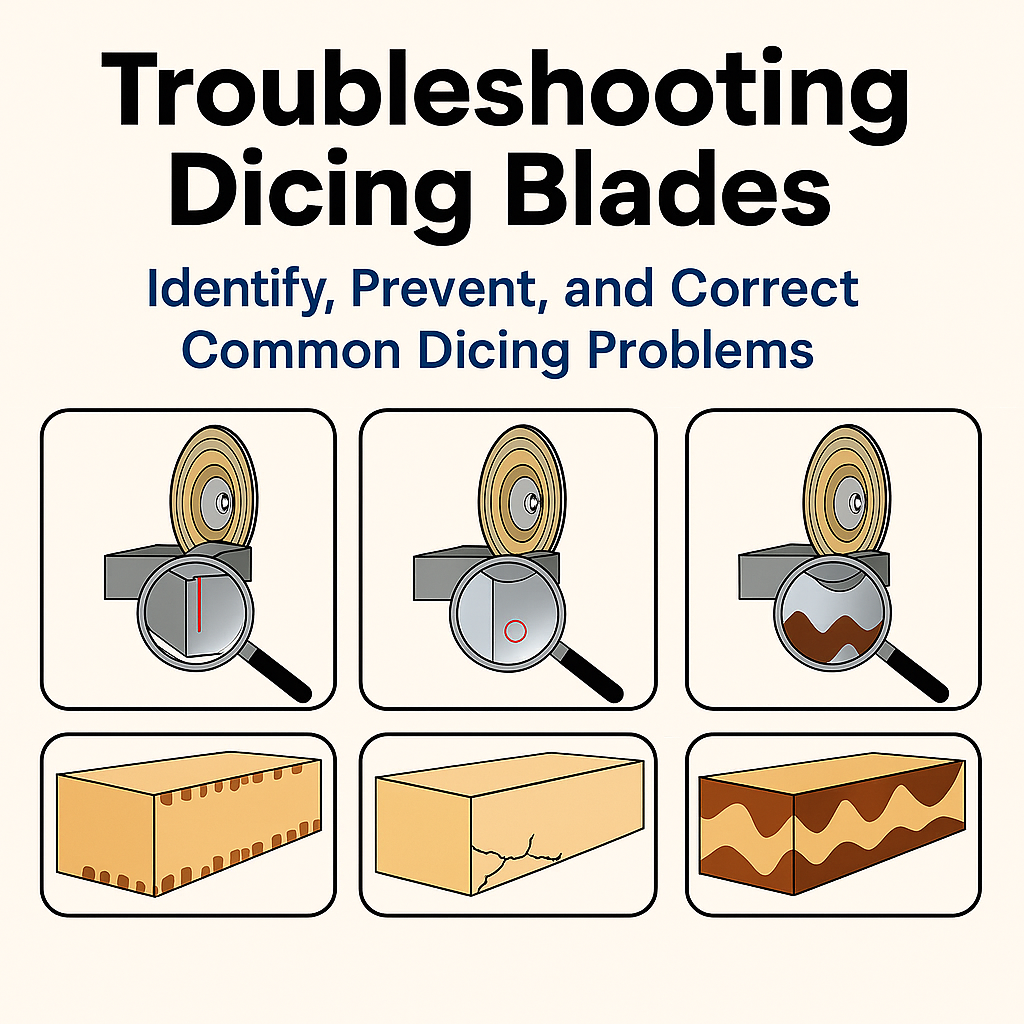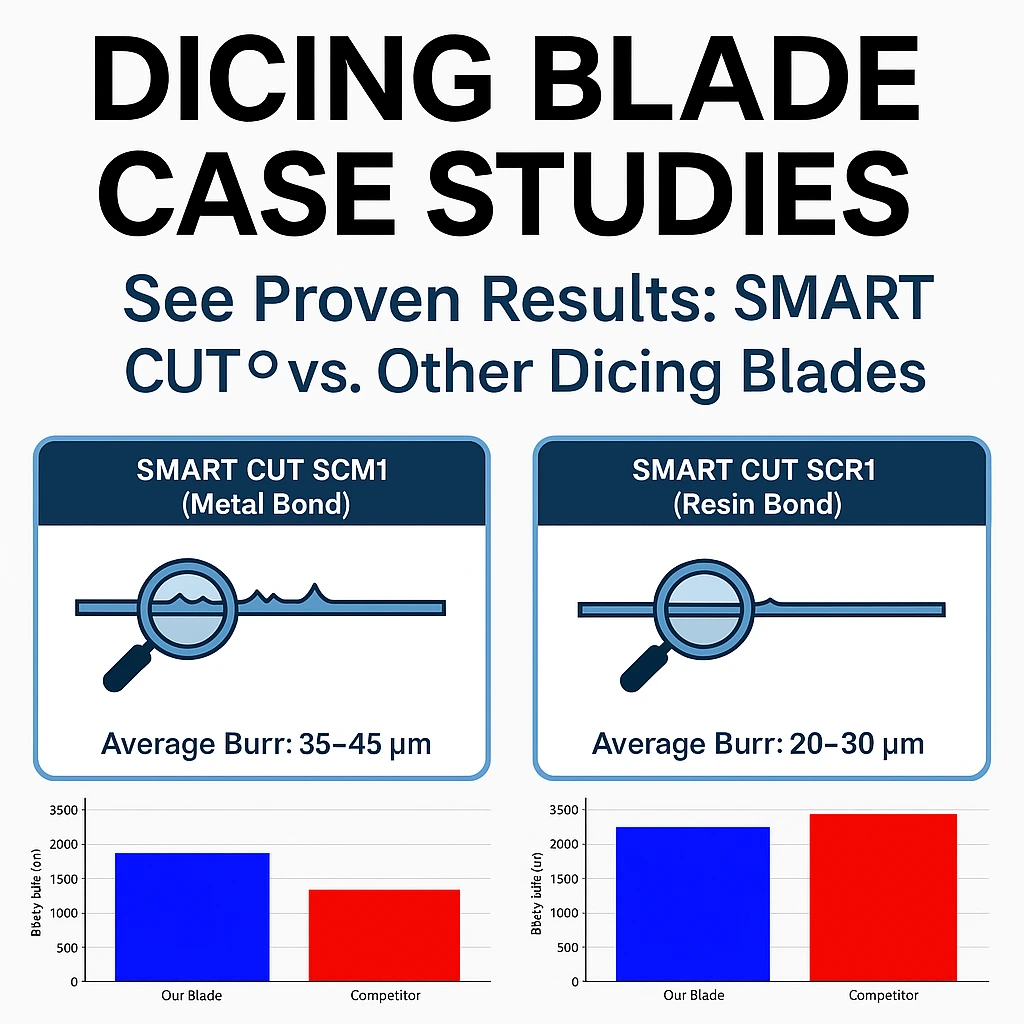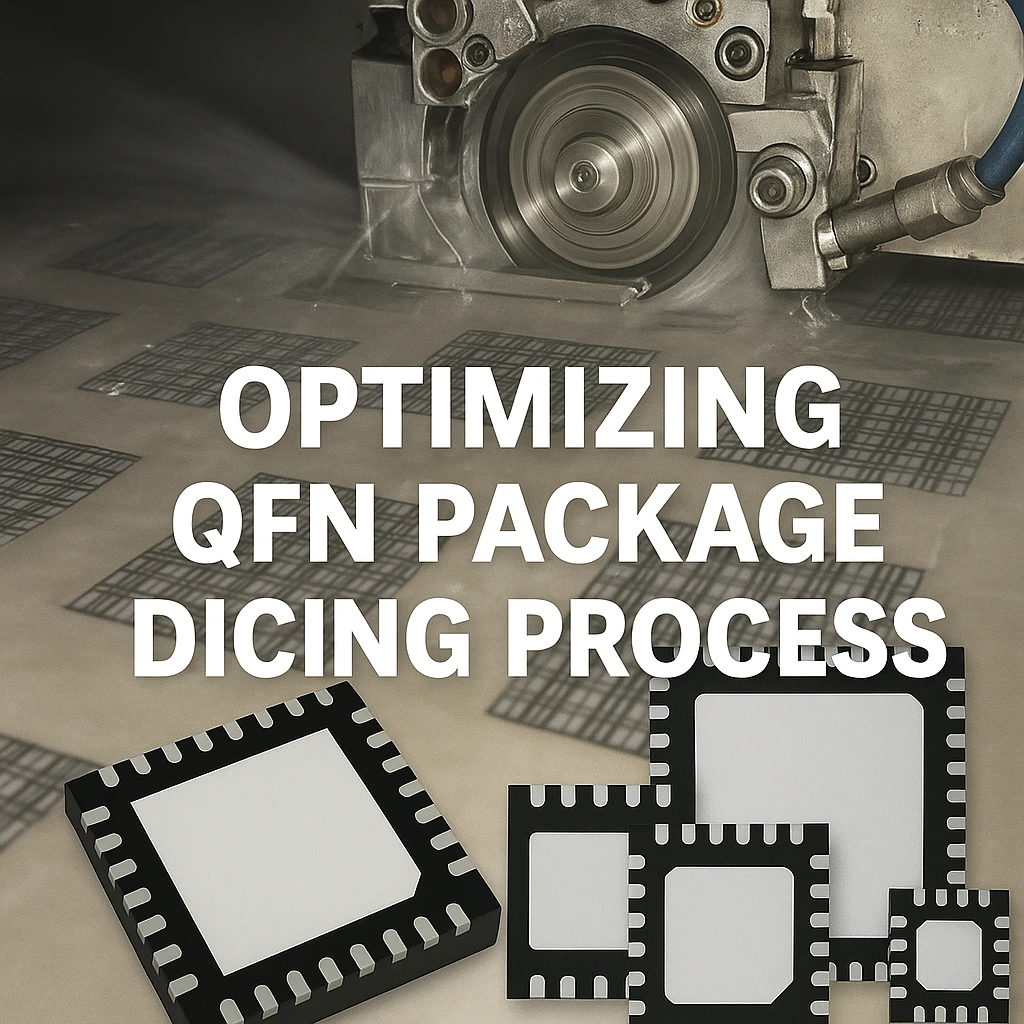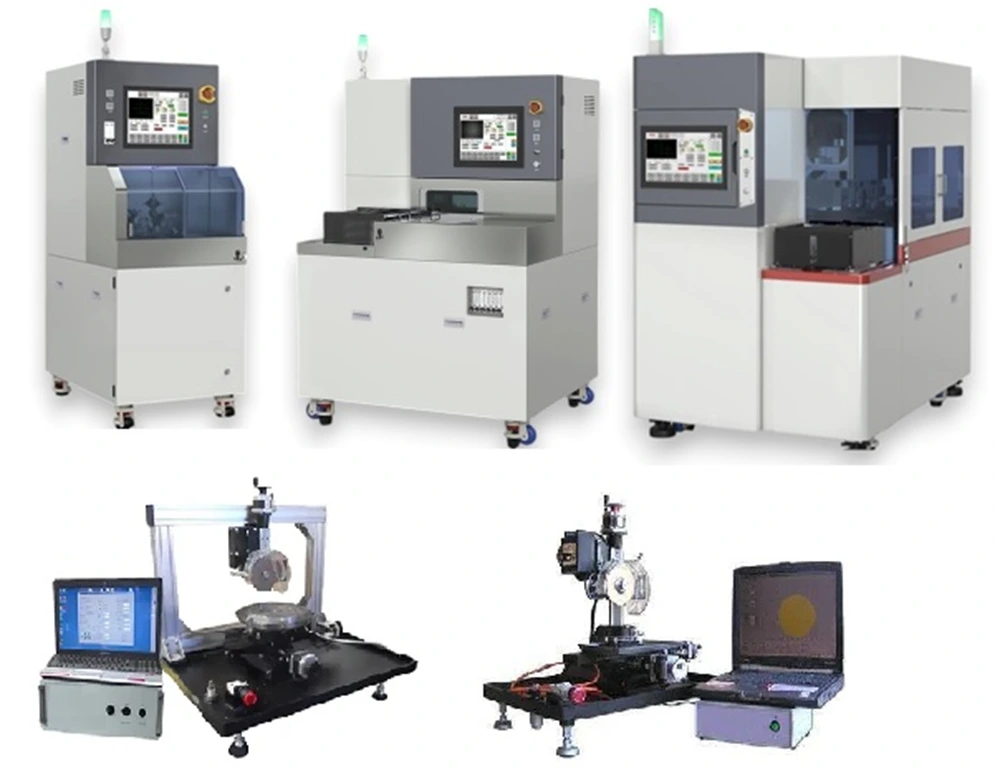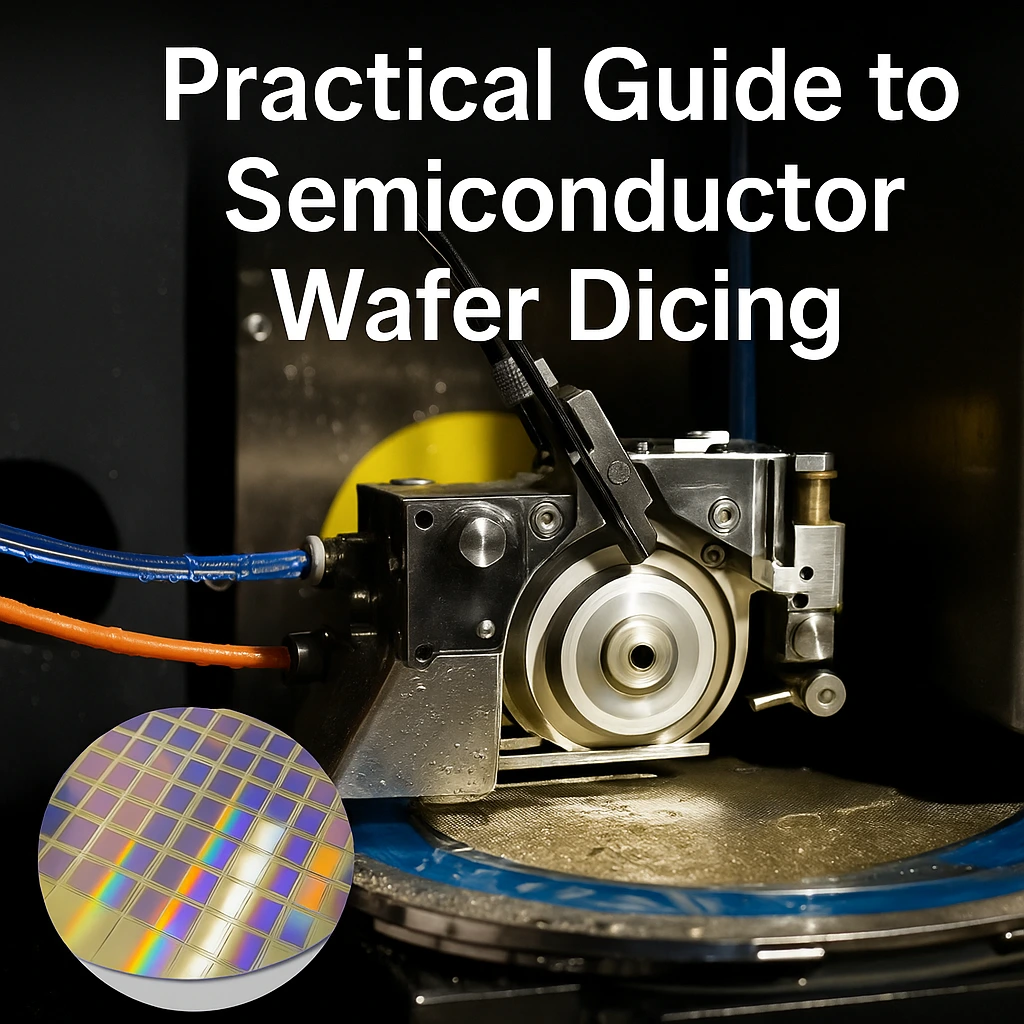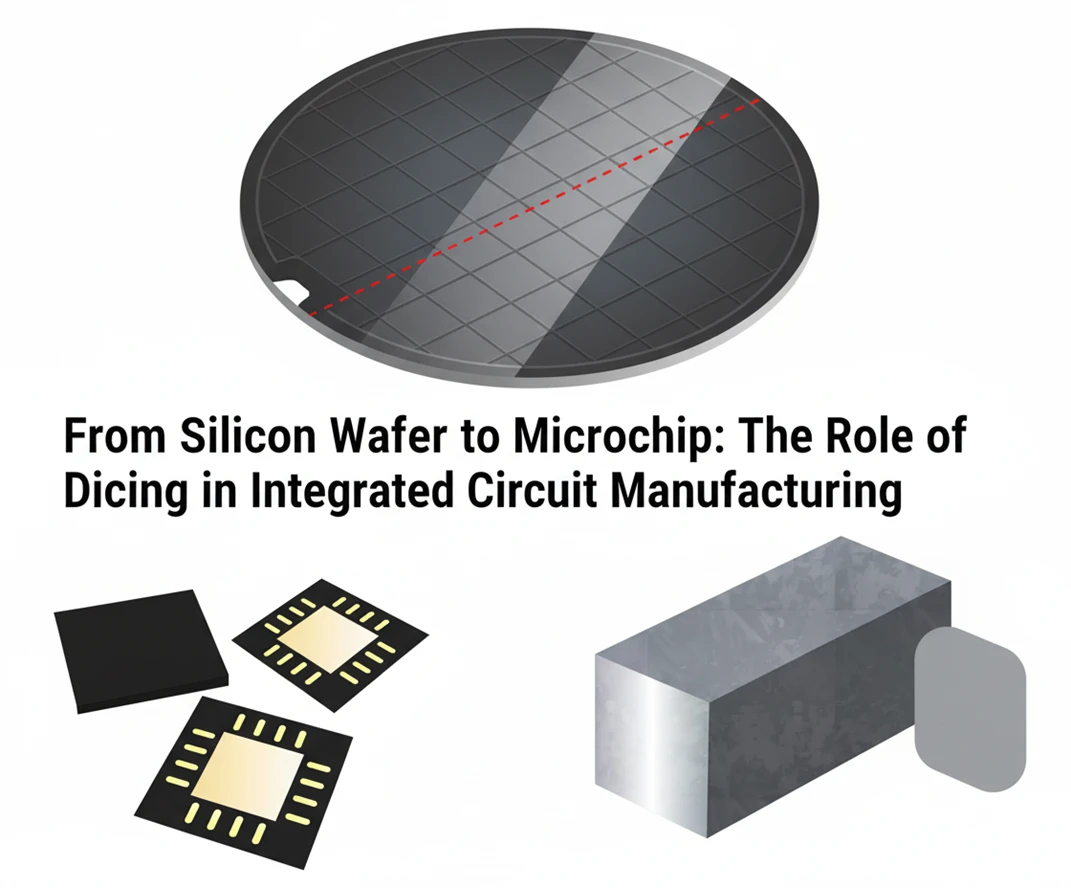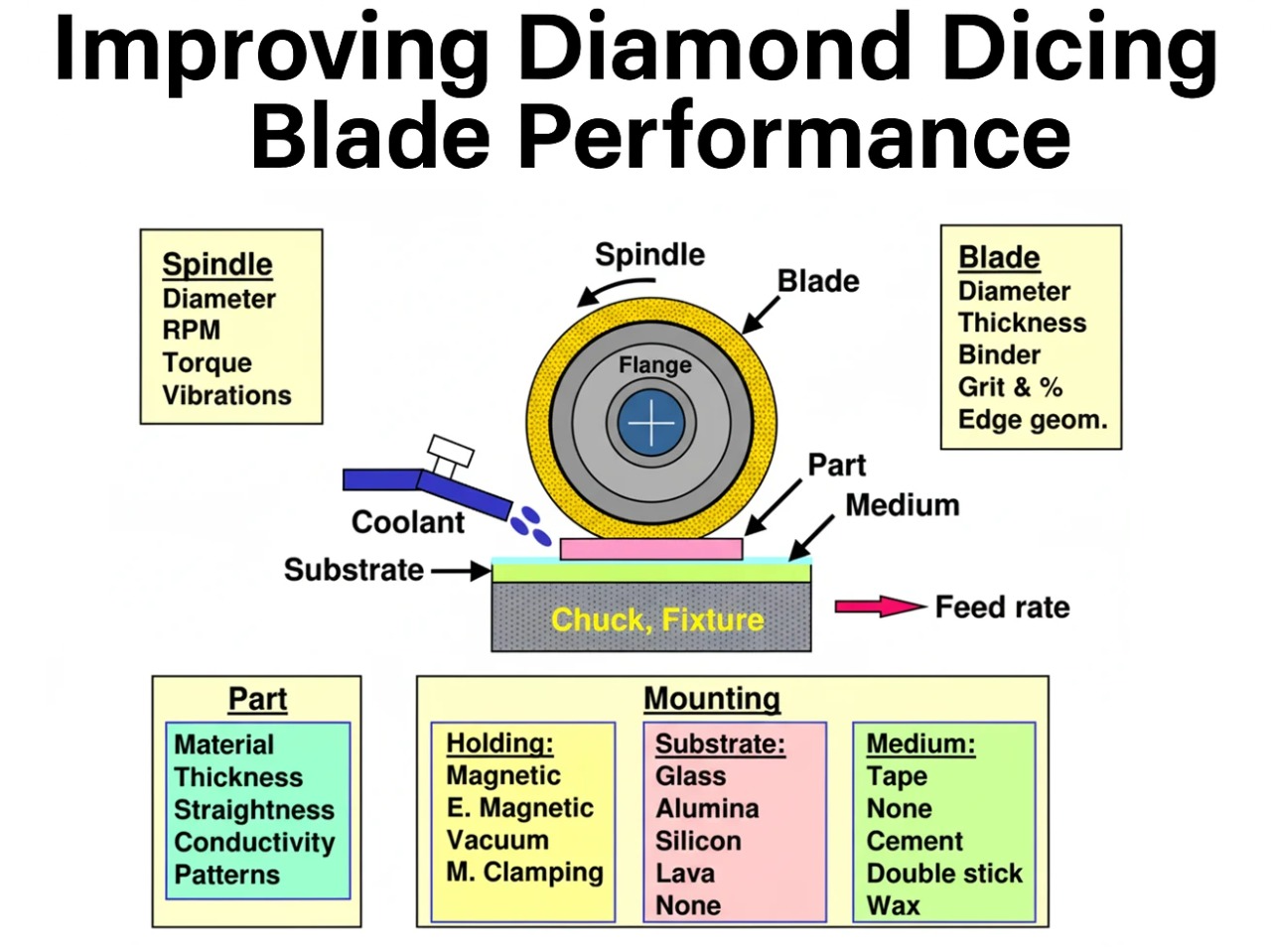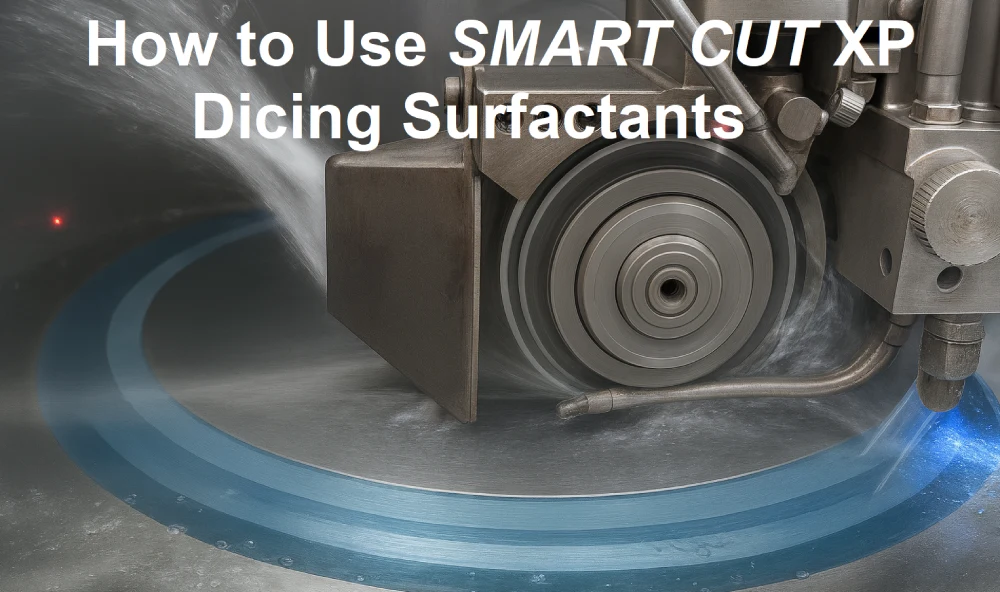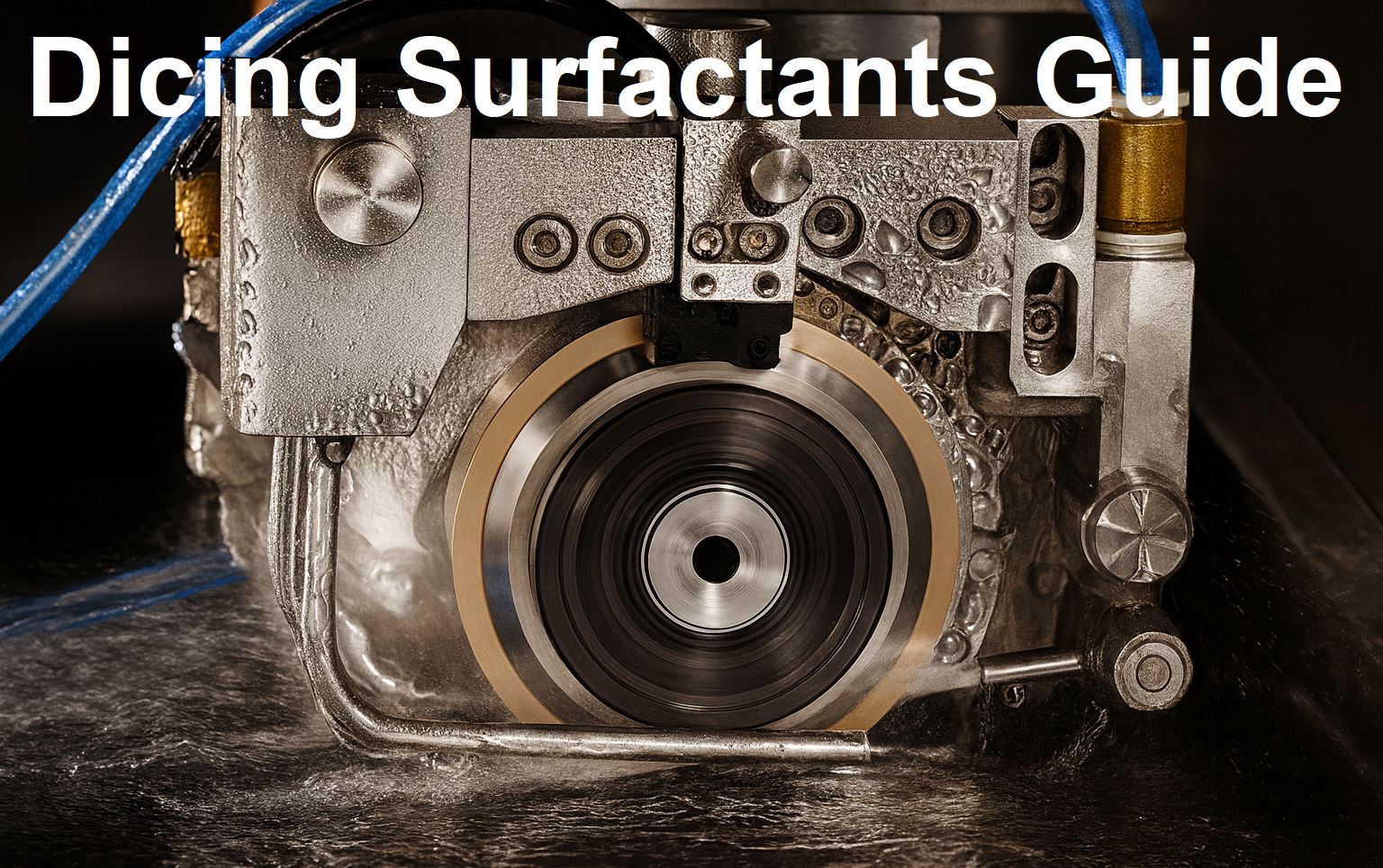Application Recommendations
-
Posted by
 Brian Farberov
Brian Farberov
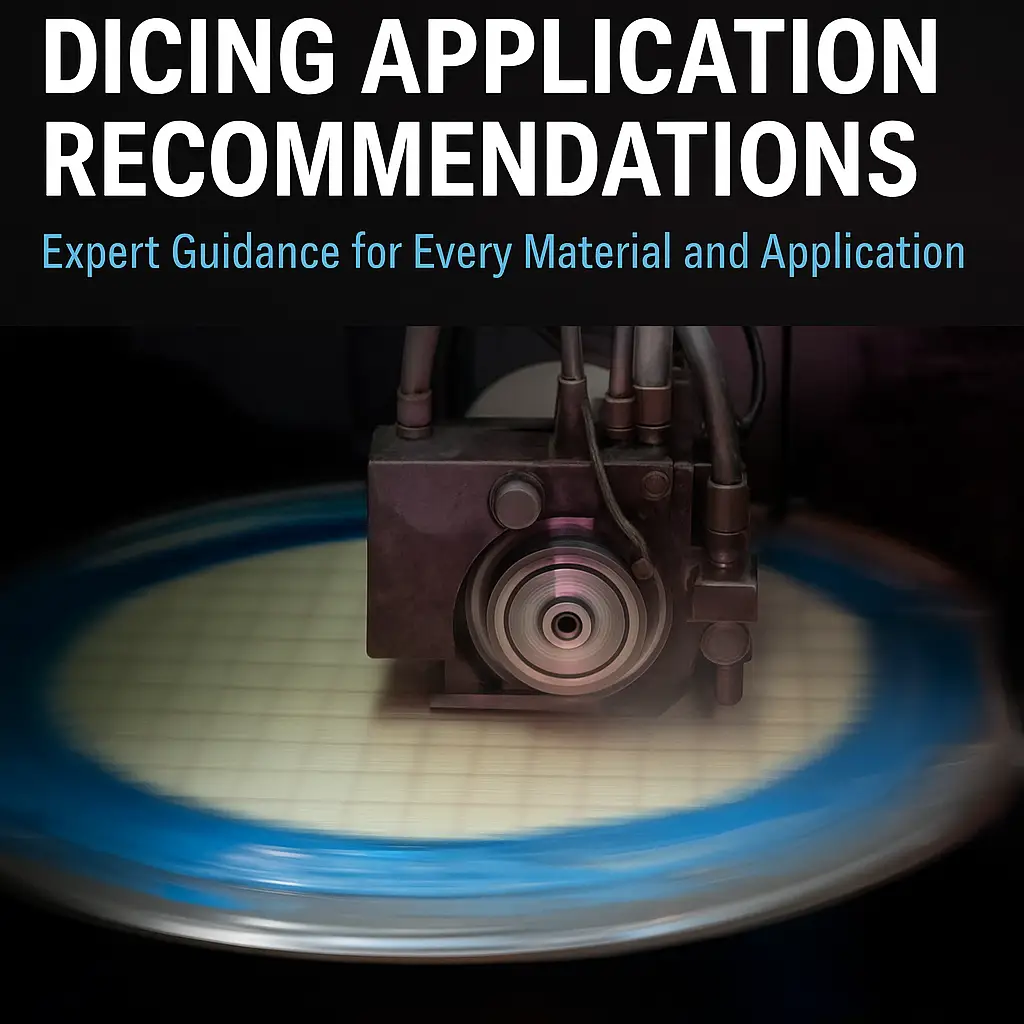
Table of Contents
ToggleThis article provides important guidelines for optimizing the dicing process in semiconductor packaging, focusing on package singulation for various technologies such as BGA, QFN, LED, CMOS, and wafer substrates. It covers key variables such as the recommended blade types, coolant options, RPMs, feed rates, and mounting methods to ensure high-quality results and efficient throughput. By exploring specific material requirements and common concerns, this guide offers valuable insights into selecting the ideal dicing parameters for each application.
DICING SOLUTIONS FOR PACKAGE SINGULATION
BGA (Ball-Grid Array)
Common Materials: FR4 and epoxy mold compound
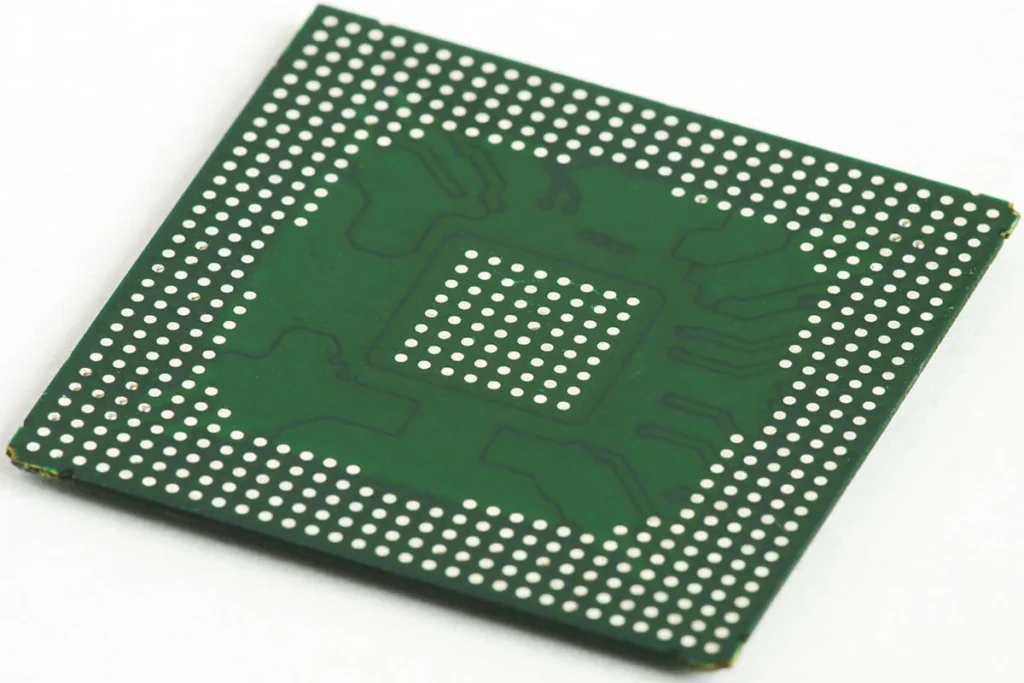
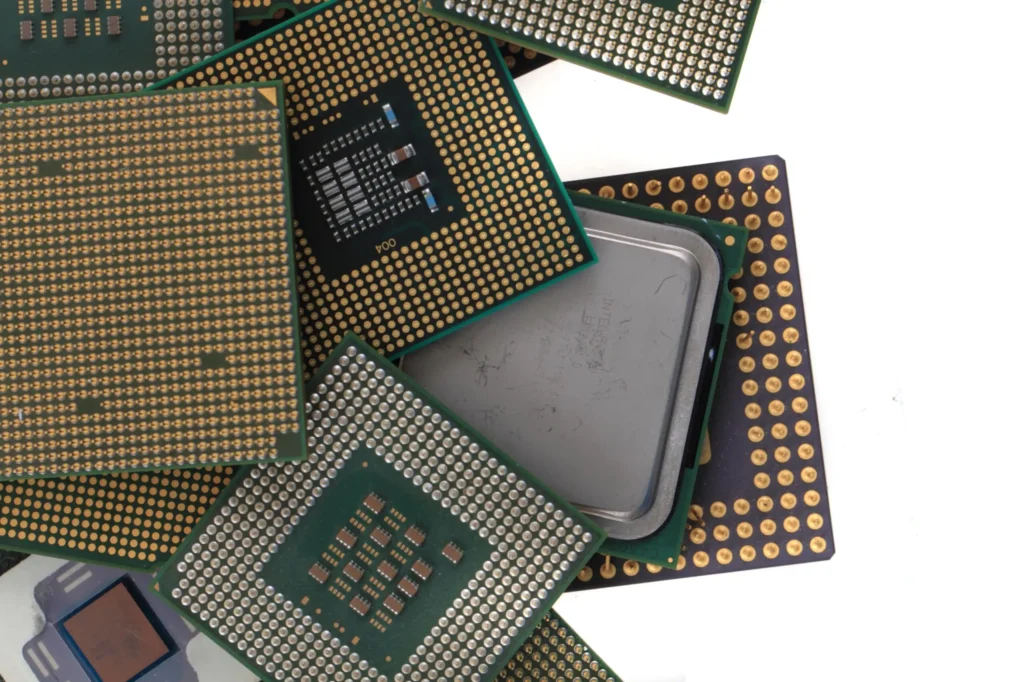
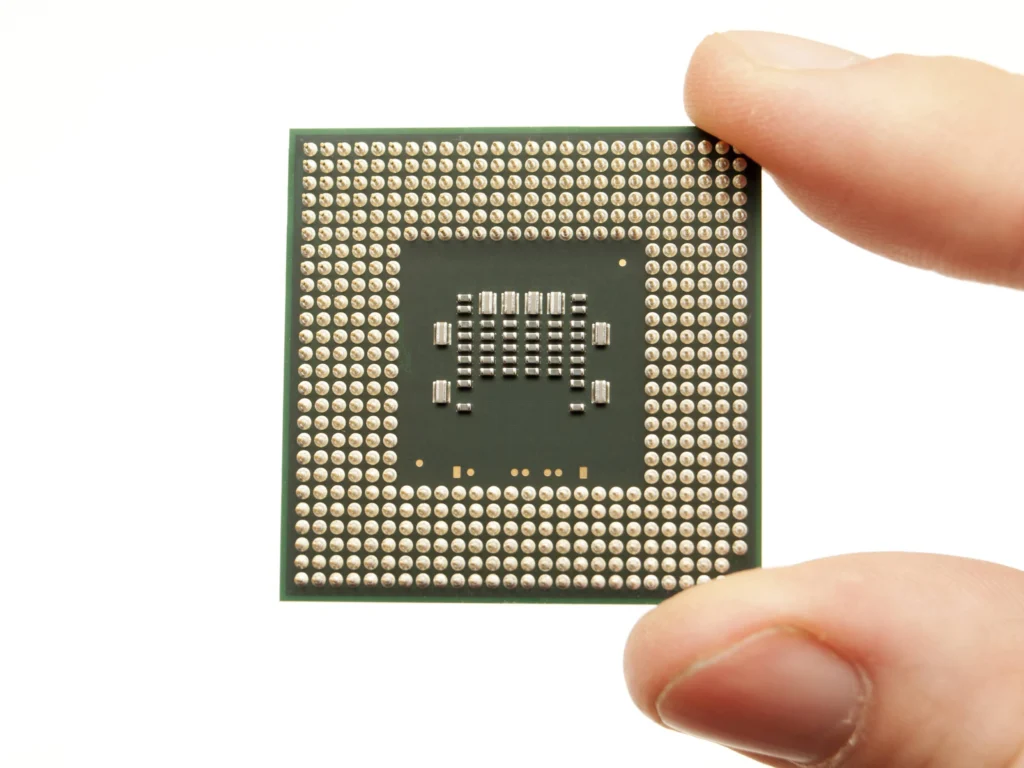
Variations:
- LFBGA (Low-Profile Fine-Pitch)
- TFBGA (Thin & Fine-Pitch)
- W-BGA (Window-Type)
- FC-BGA (Flip Chip)
- VFBGA (Very Fine-Pitch)
- POP (Package-on-Package)
- SIP (System-in-Package)
- SD (Secure Digital)
- Micro SD Card
- CBGA (Ceramic)
- PBGA (Plastic)
- UFBG (Ultra-Fine)
- MBGA (Micro)
Typical Concerns:
- Chipping
- Blade Wear
- Heat Buildup
- Vibration
- Spindle Rounout
- Die Contamination
- Edge Cracking
- Kerf Width Variation
- ESD
- Die Fly Off
- Coolant Residue
- Subsurface Damage
Dicing Blade Recommendation:
-
 SMART CUT HYBRID BOND or sintered (metal bond) series
SMART CUT HYBRID BOND or sintered (metal bond) series
-
 Diamond size: 30 - 55 microns
Diamond size: 30 - 55 microns
-
 Blade Thickness: .008” - .014”
Blade Thickness: .008” - .014”
Dicing Process Recommendations:
-
 Feed rate: 50-250 mm/sec
Feed rate: 50-250 mm/sec
-
 Spindle speed: 20-40 krpm depending on blade O.D.
Spindle speed: 20-40 krpm depending on blade O.D.
-
 Multi panel mounting on UV tape
Multi panel mounting on UV tape
-
 Minimal dressing so as not to create a large radius on the blade edge
Minimal dressing so as not to create a large radius on the blade edge
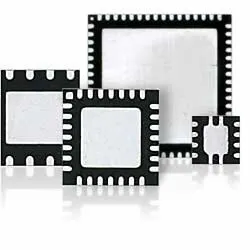
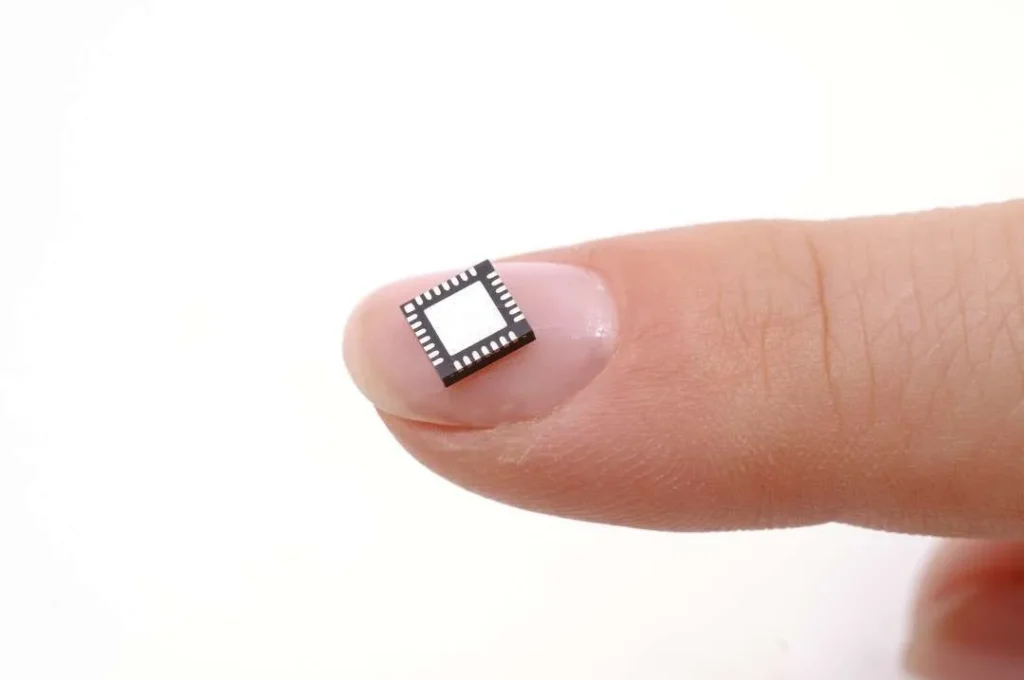
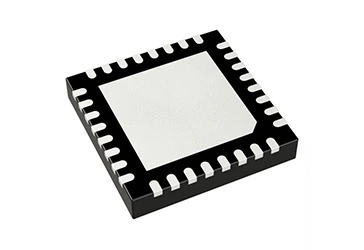
Variations:
- HVQFN (Heatsink Very-Thin)
- MLF (Micro Lead Frame)
- FUSION QUADR
- (VQFP: Very Thin Quad Flat Package)
- HQFN (High Power)
Typical Concerns:
- Chipping
- Burrs
- Lead smearing
- Melting
Dicing Blade Recommendation:
- SMART CUT HYBRID BOND or sintered (metal bond) series
- Diamond grit size: 45 – 88 microns
- Thickness: .008” – .020”
Dicing Process Recommendations:
- Feed rate: Half Etched substrates 30-75 mm/sec, Full Copper substrates 15-30 mm/sec
- Spindle speed: 22-35 krpm depending on blade O.D.
- Multi panel mounting on UV tape
- Override process over one substrate to reach final feed rate
LED (Light-Emitting Diode)
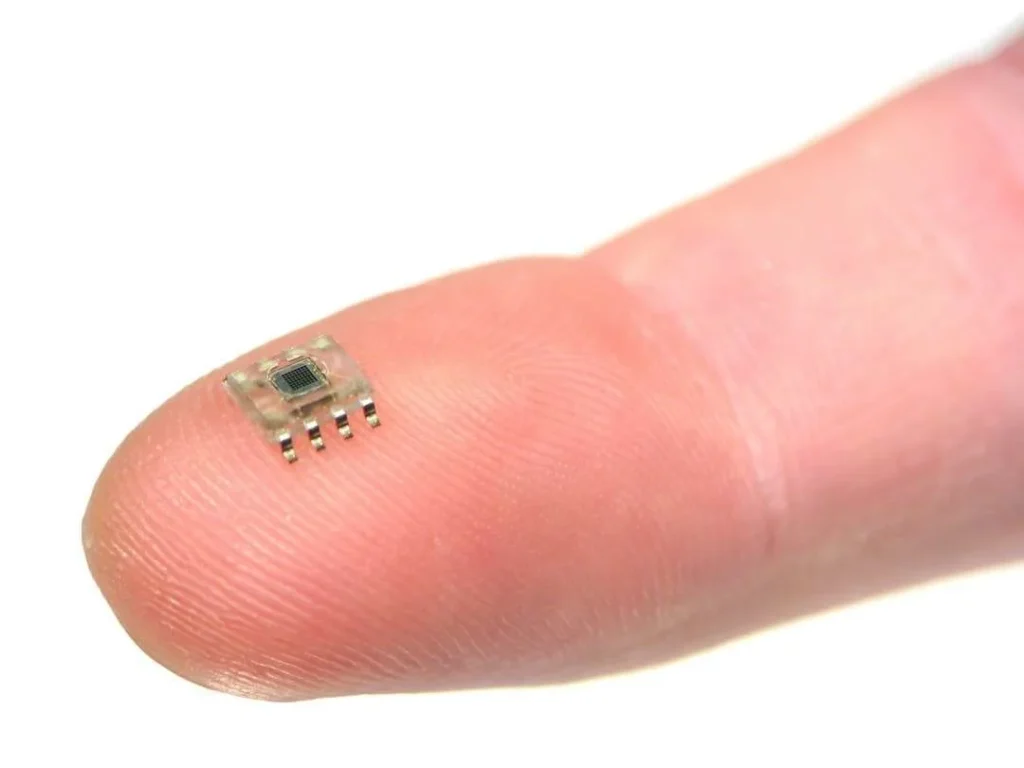
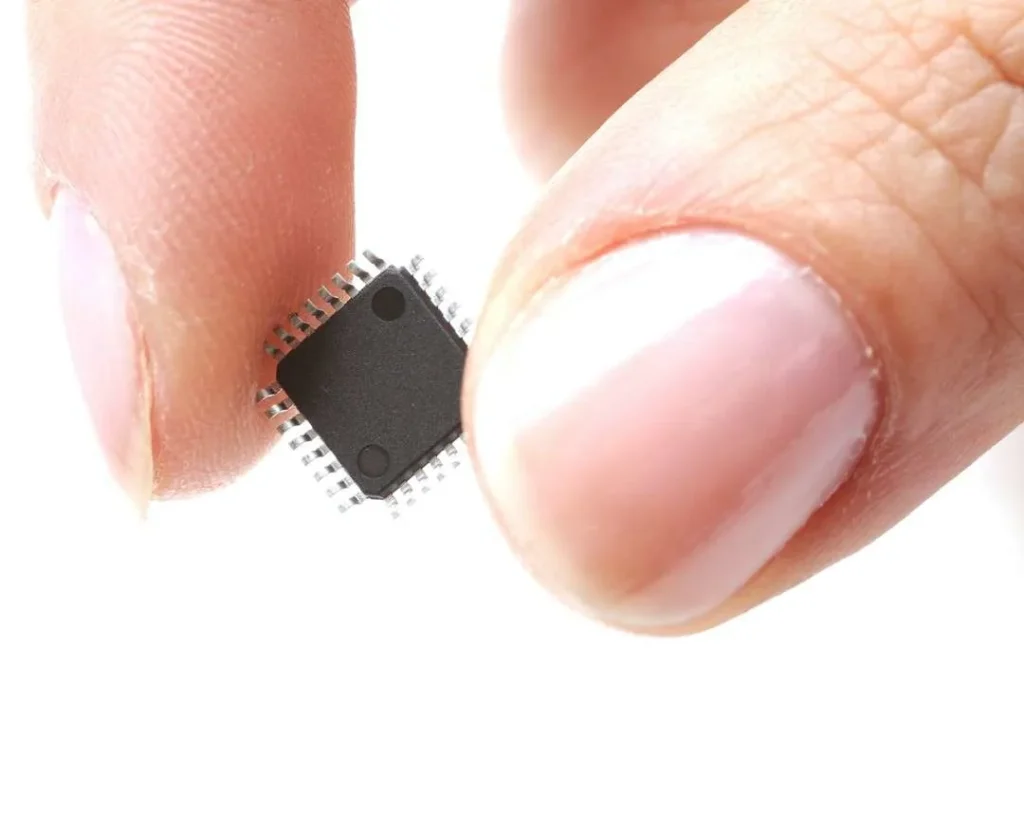
Variations:
Chip LED, High Power LED.
Typical Concerns:
- Copper burrs
- End of blade life due to limited exposure
- Throughput (maximize UPH)
Dicing Blade Recommendation:
- SMART CUT HYBRID BOND or Nickel Bond series
- Diamond size: 10,13 & 17 microns
- Thickness: .003” – .008”
Dicing Process Recommendations:
- Feed rate: 80-150 mm/sec
- Spindle speed: 25-30 krpm
- Multi panel mounting on UV tape
CMOS (Complementary Metal-Oxide Semiconductor)
Common Materials - Borosilicate Glass, HTCC (High Temperature Co-fired Ceramics).
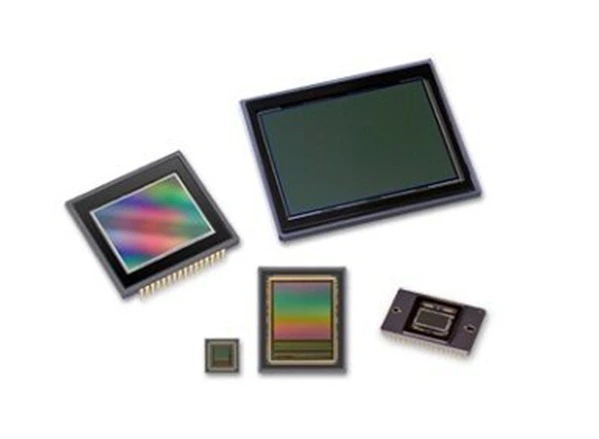
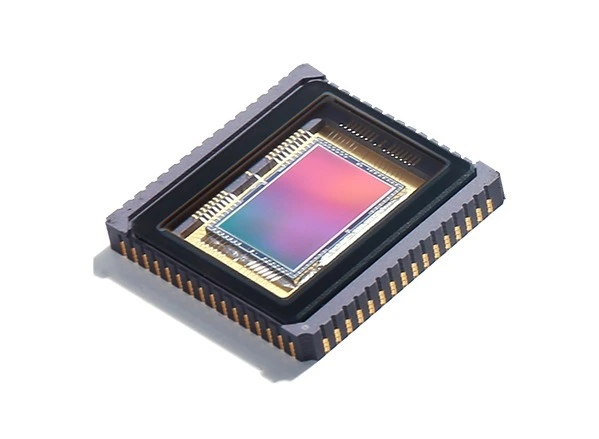
Variations:
CIS (CMOS Image Sensor) Glass Lid, CIS (CMOS Image Sensor) Substrate.
Typical Concerns:
- Chip Damage and Breakage
- Cutting Precision and Kerf Control
- Heat Dissipation
- Surface Quality
- Blade Life & Consistency
Dicing Blade Recommendation:
- Bond Type: Resin Bond, Sintered (Metal Bond), Hybrid Bond, Nickel bond
- Diamond Size: 2 to 30 microns
- Kerf Thickness:10 to 30 microns
Dicing Process Recommendations:
- Feed rate: 80-150 mm/sec
- Spindle speed: 25-30 krpm
- Multi panel mounting on UV tape
DWDM (Dense Wavelength Division Mulitplexing) Filters
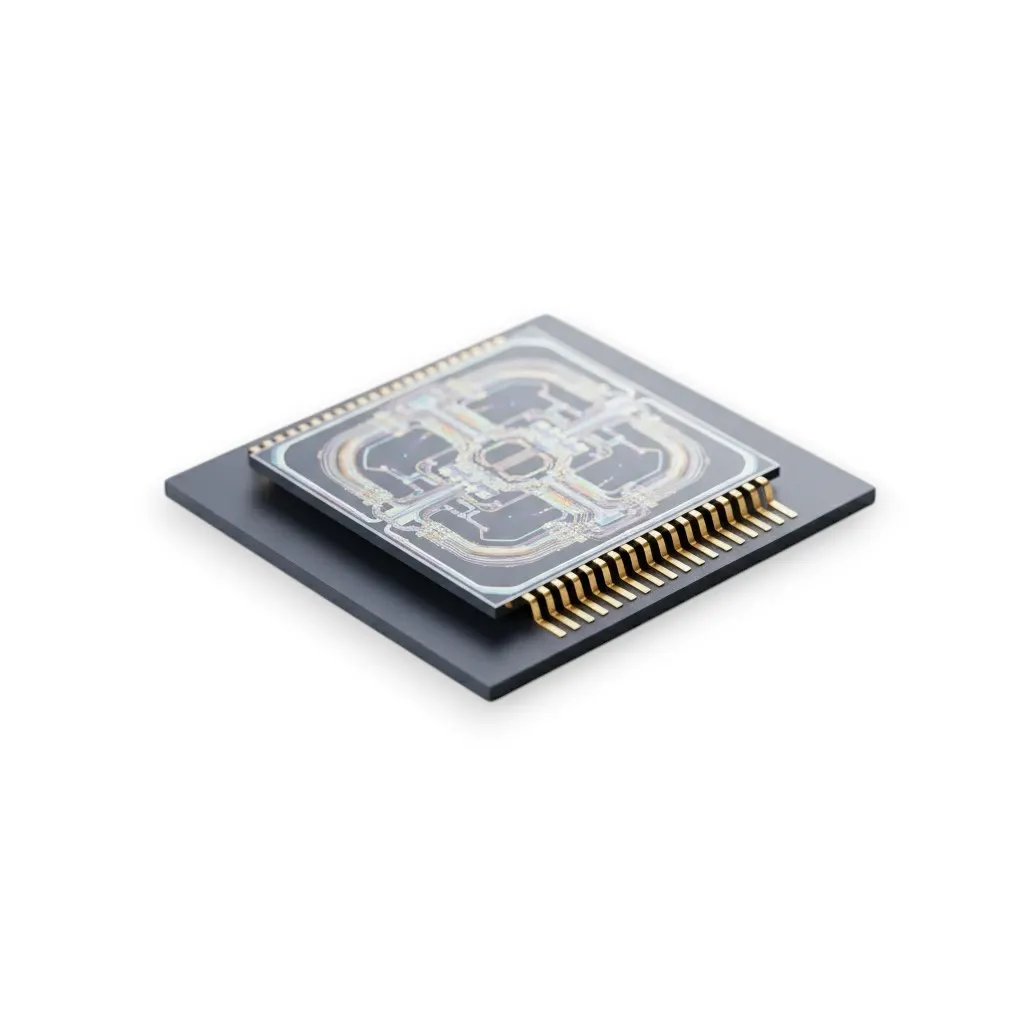
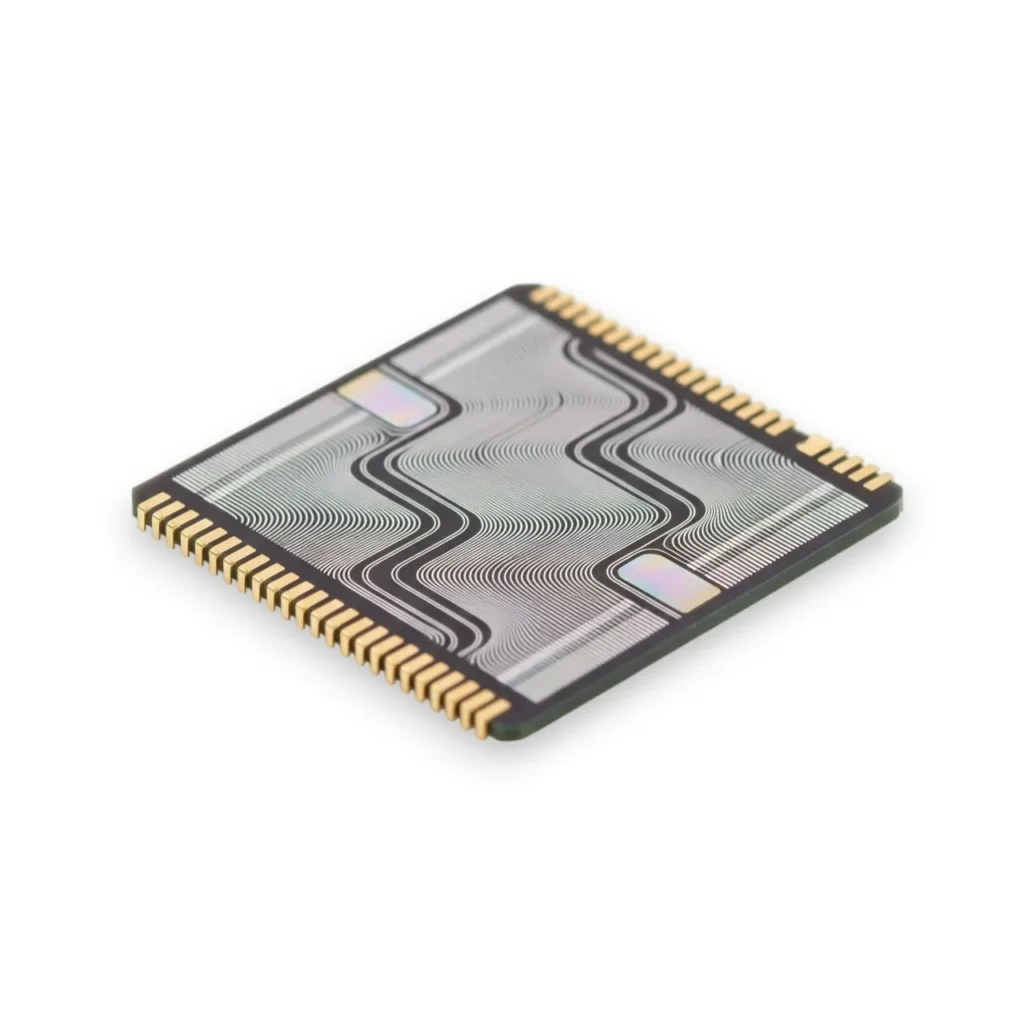
Variations:
SAW (Surface Acoustic Wave) Filter devices, Beam Splitters, Passive Components
Typical Concerns:
- Top-side and back-side chipping
- Cut perpendicularity
- Kerf side surface finish
Dicing Blade Recommendation:
- SMART CUT series Resin, HYBRID, & Sintered (metal bond) blades
- Diamond size: 30 – 45 microns (resin) and 7 – 15 microns (sintered)
- Thickness: .006″ – .012”
Dicing Process Recommendations:
- Feed rate: 4 – 20 mm/sec
- Spindle speed: 20 – 30 krpm (2″) 10 – 15 krpm (4″)
- SMART CUT® XP Dicing Coolant Lubricant Surfacant may reduce chipping and improve surface finish
HDD (Hard Disk Drive)
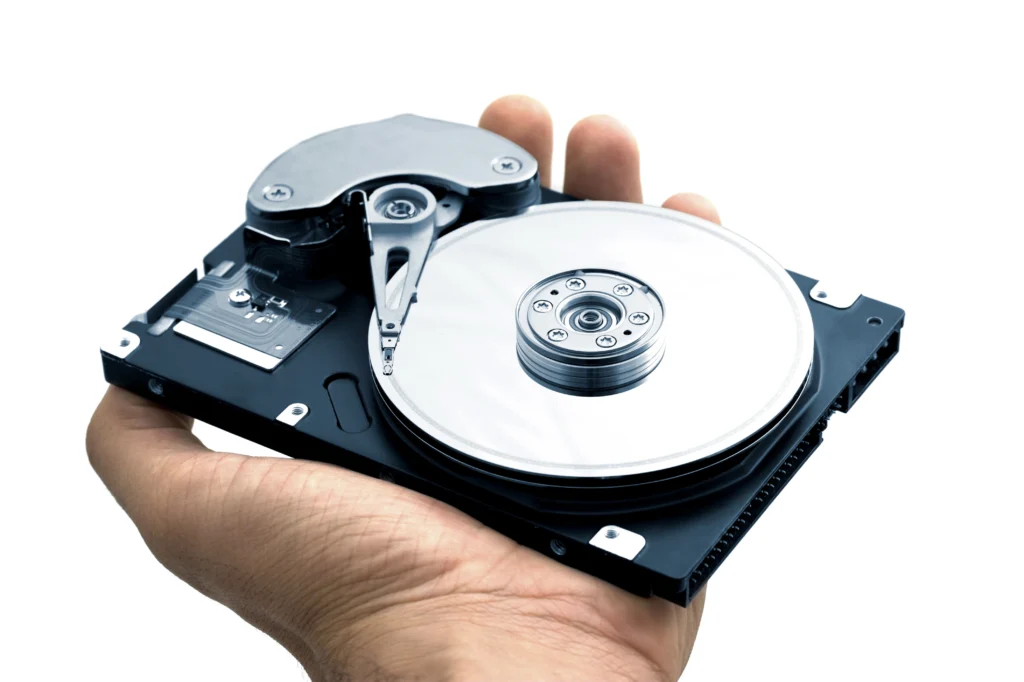
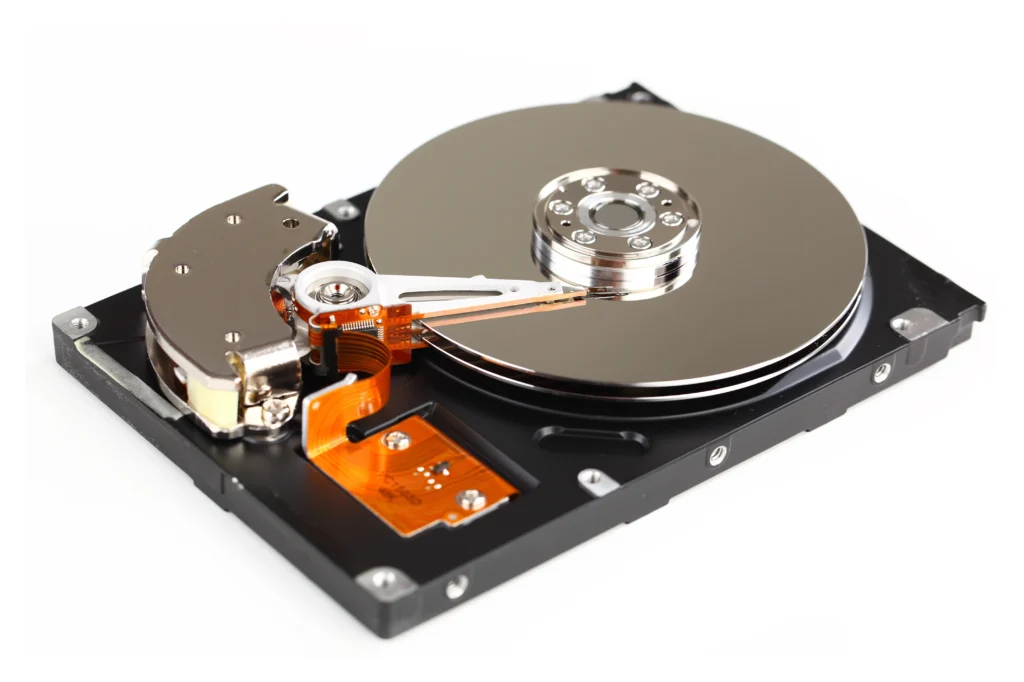
Typical Concerns:
- High Mechanical (internal) stress
- burrs
- large kerf width
- lack of accuracy
Dicing Blade Recommendation:
- Bond Type: Resin Bond, Sintered (Metal Bond)
- Diamond Size: 1 to 25 microns
- Kerf Thickness: 15 to 100 microns
Dicing Process Recommendations:
- Feed Rates: 1 mm/s to 5 mm/s
- RPM’s: 15,000 RPM to 30,000 RPM
- Mounting Type: Vacuum chucks or magnetic chucks
- Coolant Used: Water-soluble coolants
Semiconductor Wafer
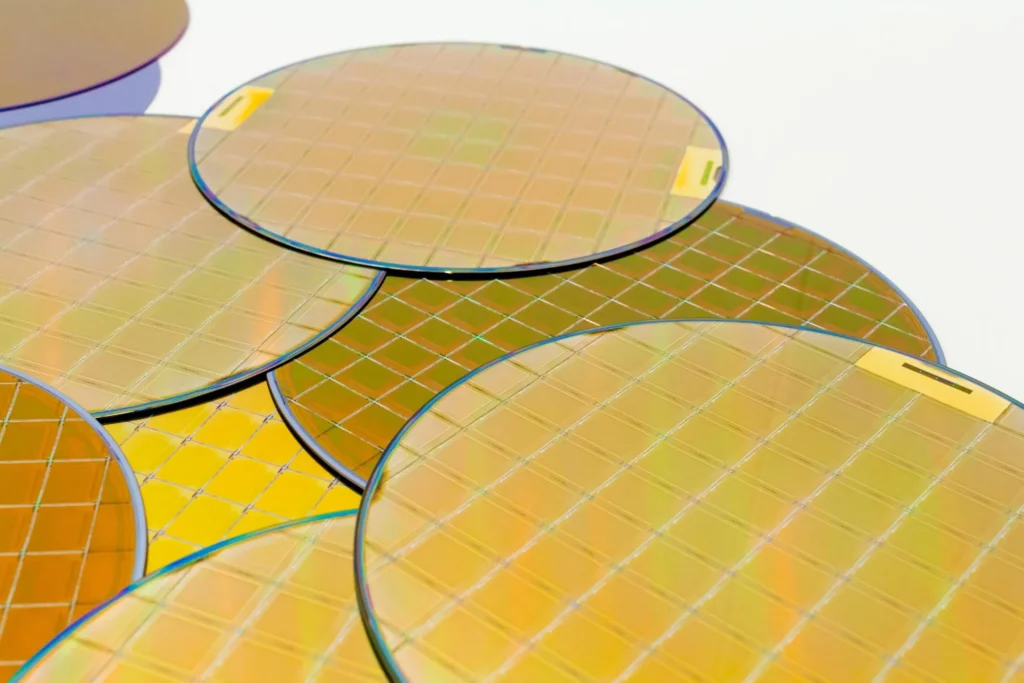
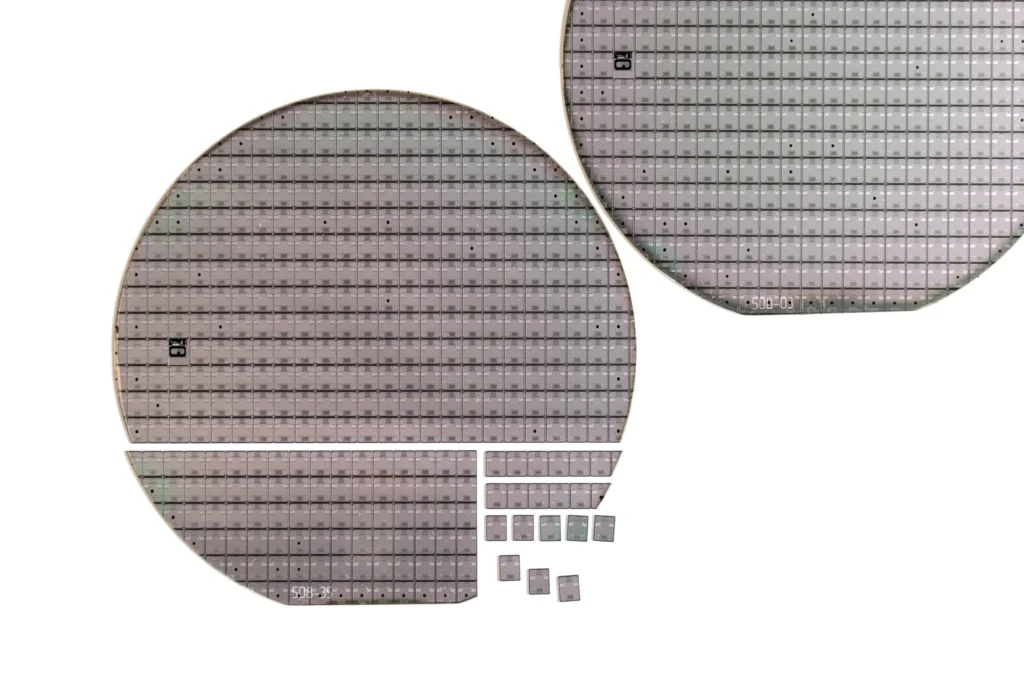
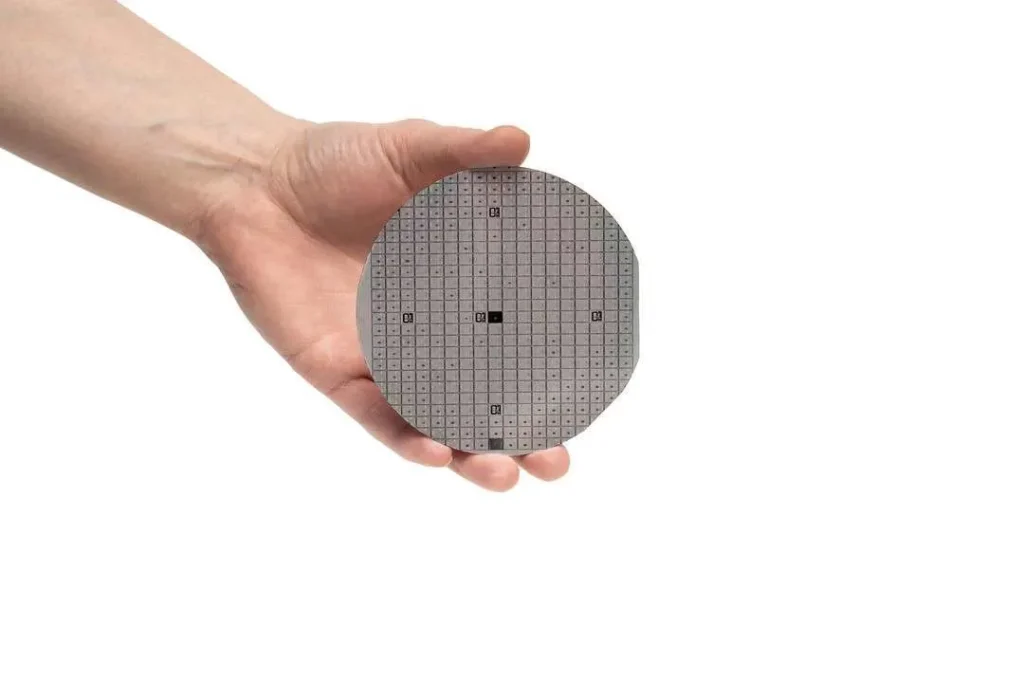
Typical Concerns:
- Chipping
- Blade Wear
- Heat Buildup
- Vibration
- Spindle Rounout
- Die Contamination
- Edge Cracking
- Kerf Width Variation
- ESD
- Die Fly Off
- Coolant Residue
- Subsurface Damage
Dicing Blade Recommendation:
- SMART CUT Nickel Bond or HYBRID series
- Diamond size: 4 – 6 microns
- Thickness: .0008” – .0016”
Dicing Process Recommendations:
- Feed rate: 25 – 75 mm/sec
- Spindle speed: 30 – 50 krpm
- Mounting: Blue or UV tape
- Cooling type: DI water with and without additives
- Carbon dioxide bubbler is optional
Silicon & GaAs are the two most common materials used for semiconductor wafers. Wafers are typically available in sizes up to 12″ in diameter, with 6″ and 8″ most popular. Typical thicknesses are between 100 – 650 microns.

Brian is an experienced professional in the field of precision cutting tools, with over 27 years of experience in technical support. Over the years, he has helped engineers, manufacturers, researchers, and contractors find the right solutions for working with advanced and hard-to-cut materials. He’s passionate about bridging technical knowledge with real-world applications to improve efficiency and accuracy.
As an author, Brian Farberov writes extensively on diamond tool design, application engineering, return on investment strategies, and process optimization, combining technical depth with a strong understanding of customer needs and market dynamics.

ARE YOU USING RIGHT TOOLS
FOR YOUR APPLICATION?
LET US
HELP YOU
HAVING ISSUES WITH
YOUR CURRENT TOOLS?
Knowledge Center
Select right Diamond Dicing Blade for your application
Dicing Blade Operations Recommendations
Optimizing your Diamond Dicing Performance
Trouble Shooting Dicing Problems
Application Recommendations
Dicing Blade Case Studies
Optimizing QFN Package Dicing Process Using SMART CUT® Dicing Blades
Selecting the Right Wafer Dicing Saw Practical Guide
Practical Guide to Semiconductor Wafer Dicing: Materials, Blades, and Process Optimization
Total Cost of Ownership – Measuring the Real Economics of Diamond Dicing
From Silicon Wafer to Microchip: The Role of Dicing in Integrated Circuit Manufacturing
Improving Diamond Dicing Blade Performance: Key Factors and Strategies
Selecting the Right Dicing Surfactant / Fluid for Your Application
How to Use SMART CUT XP Dicing Surfactants
Dicing Surfactants Guide
How to Selecting Right Diamond Tools for your application
How to properly use Diamond Tools
Why use diamond
What is Diamond Mesh Size and how to select best one for your application
What is Diamond Concentration and which to use for your application
Diamond Tool Coolants Why, How, When & Where to Use
Diamond vs CBN (cubic boron nitride) Tools
Choosing The Correct Diamond Bond Type
Selecting the Right Coolant Method for your Diamond & CBN Tools

Brian is an experienced professional in the field of precision cutting tools, with over 27 years of experience in technical support. Over the years, he has helped engineers, manufacturers, researchers, and contractors find the right solutions for working with advanced and hard-to-cut materials. He’s passionate about bridging technical knowledge with real-world applications to improve efficiency and accuracy.
As an author, Brian Farberov writes extensively on diamond tool design, application engineering, return on investment strategies, and process optimization, combining technical depth with a strong understanding of customer needs and market dynamics.




